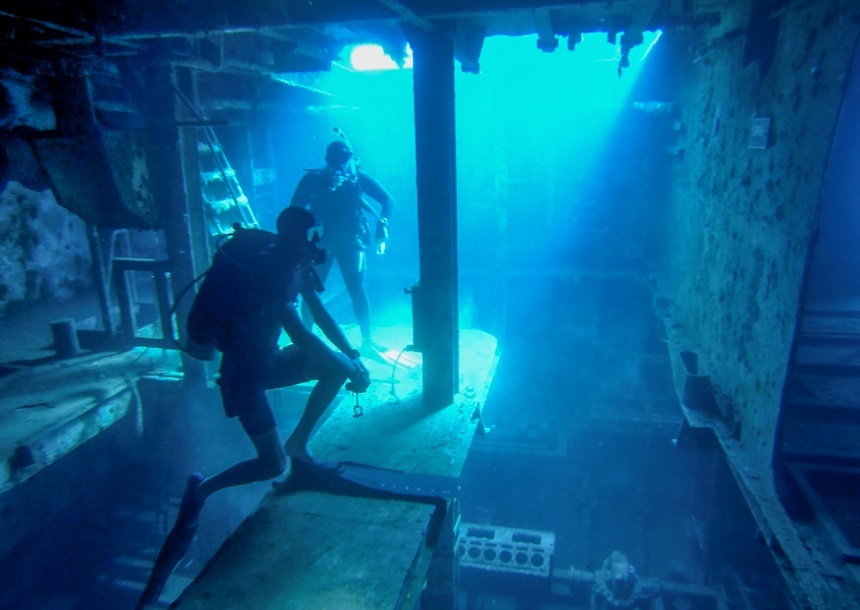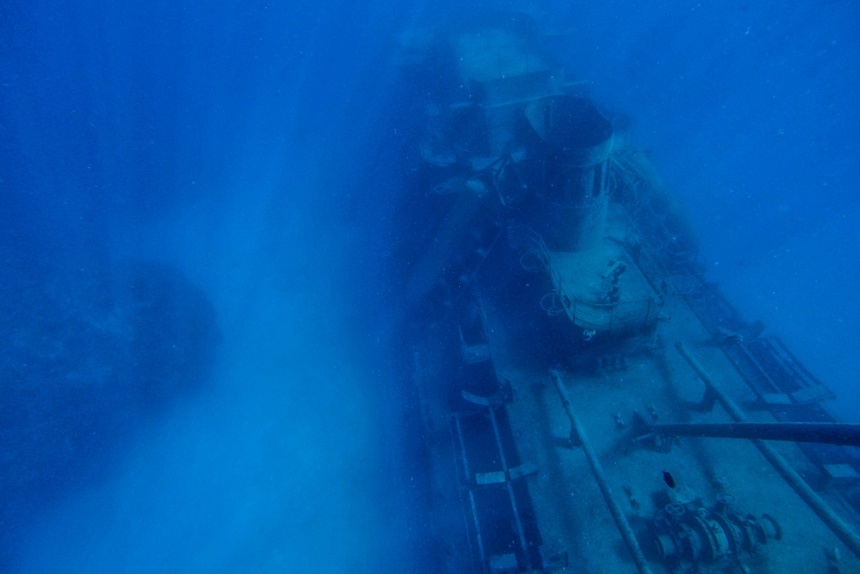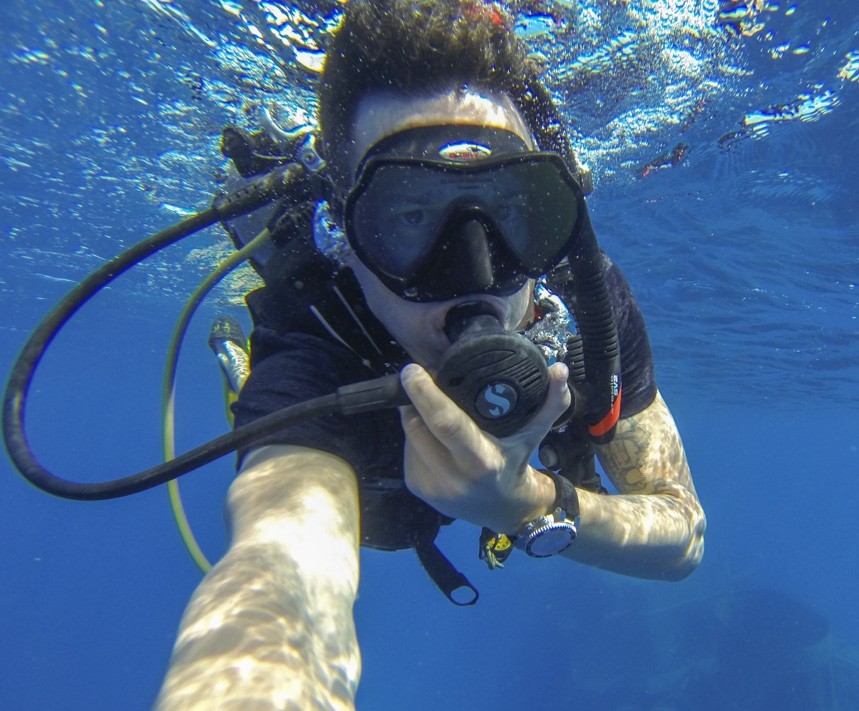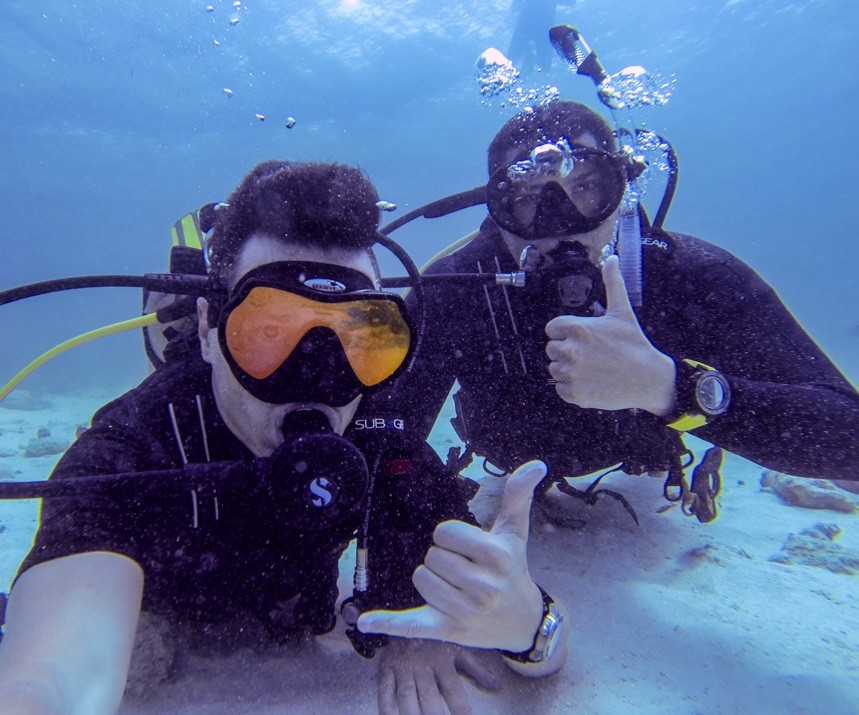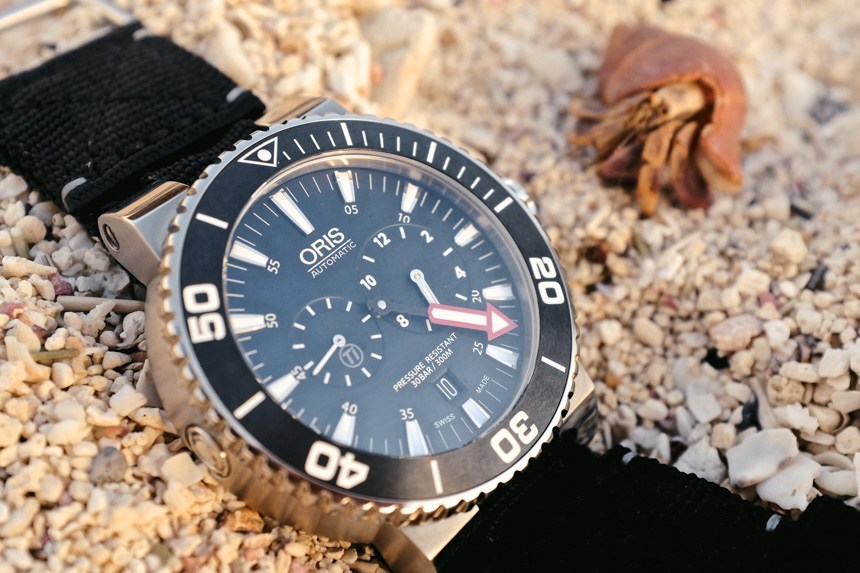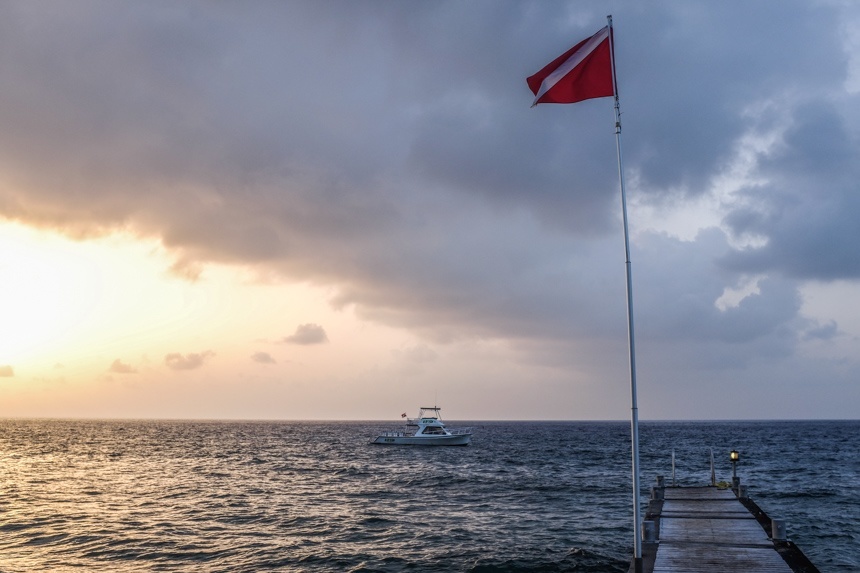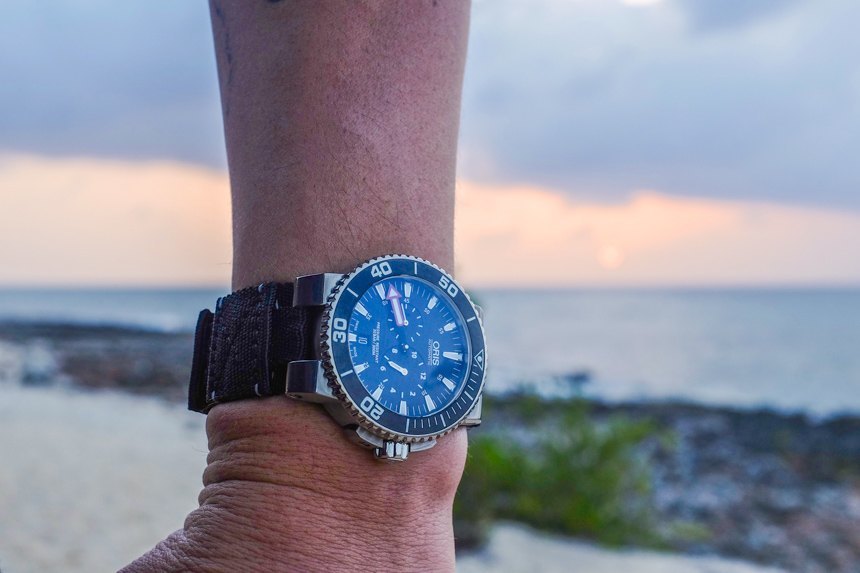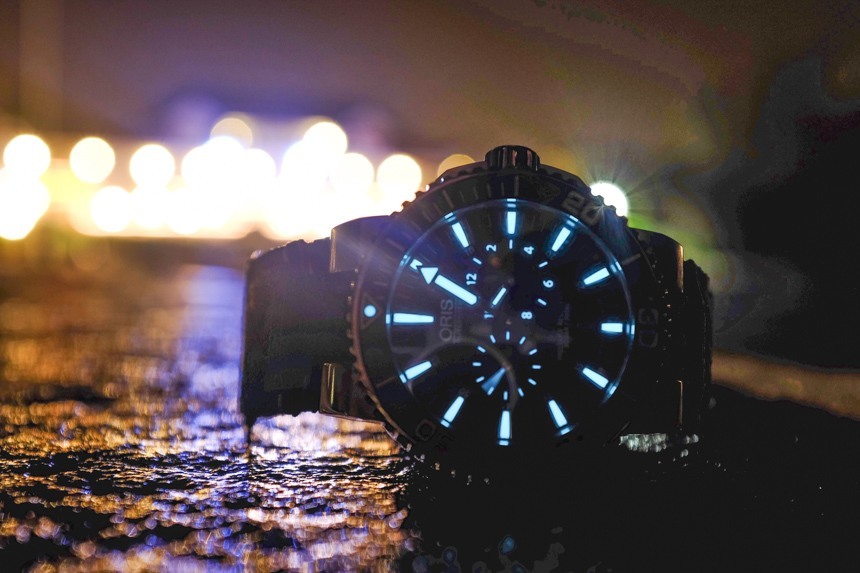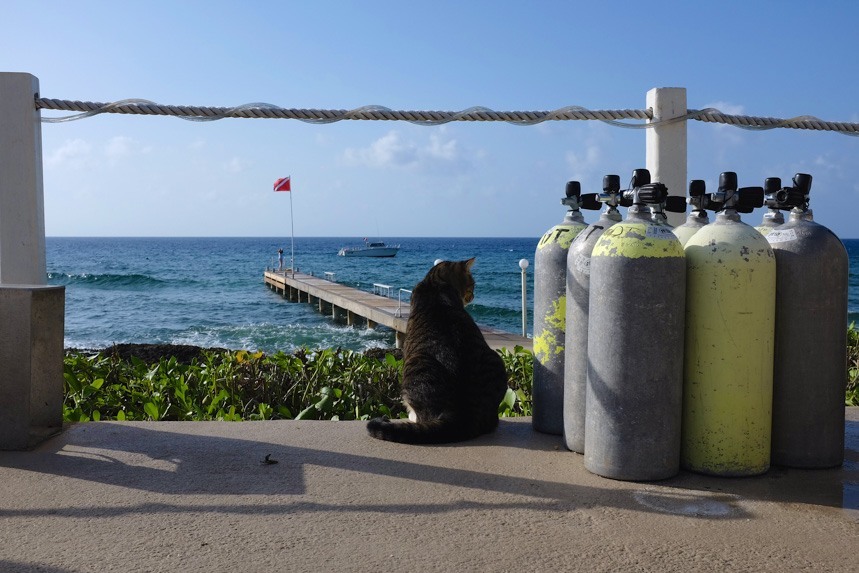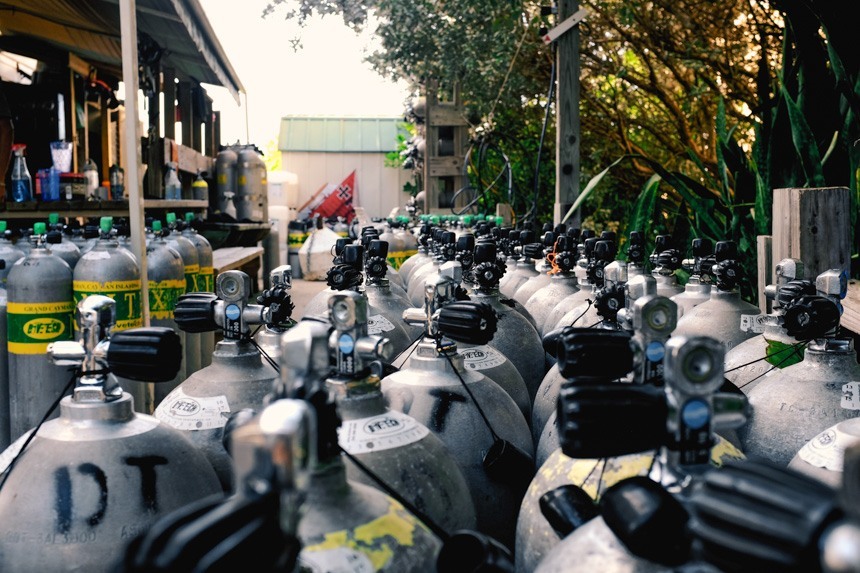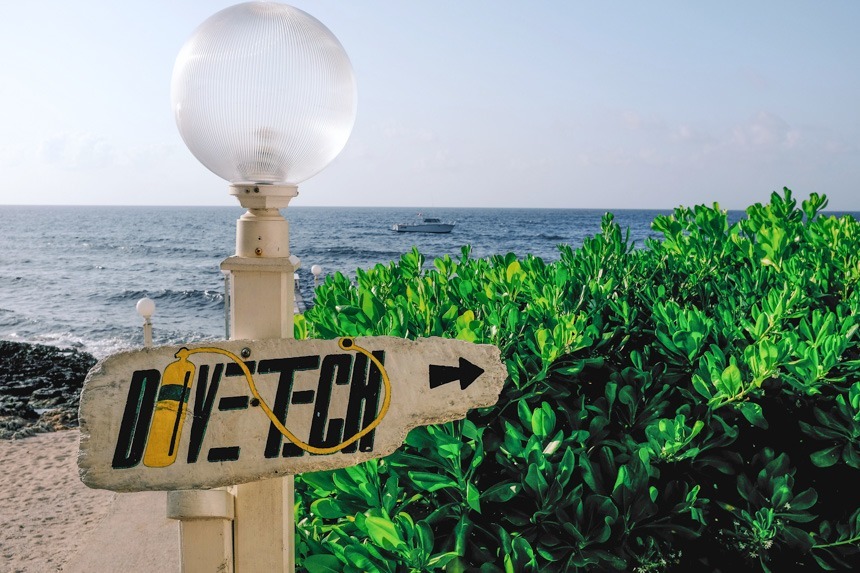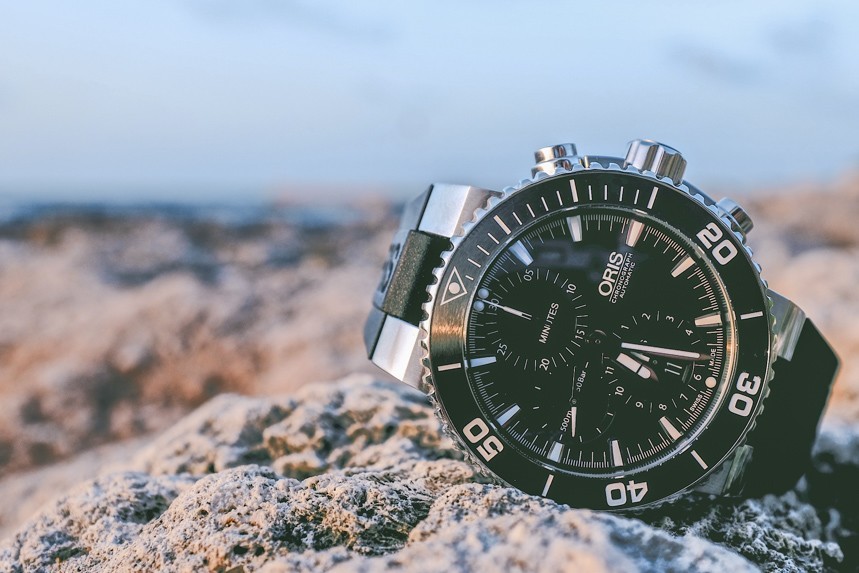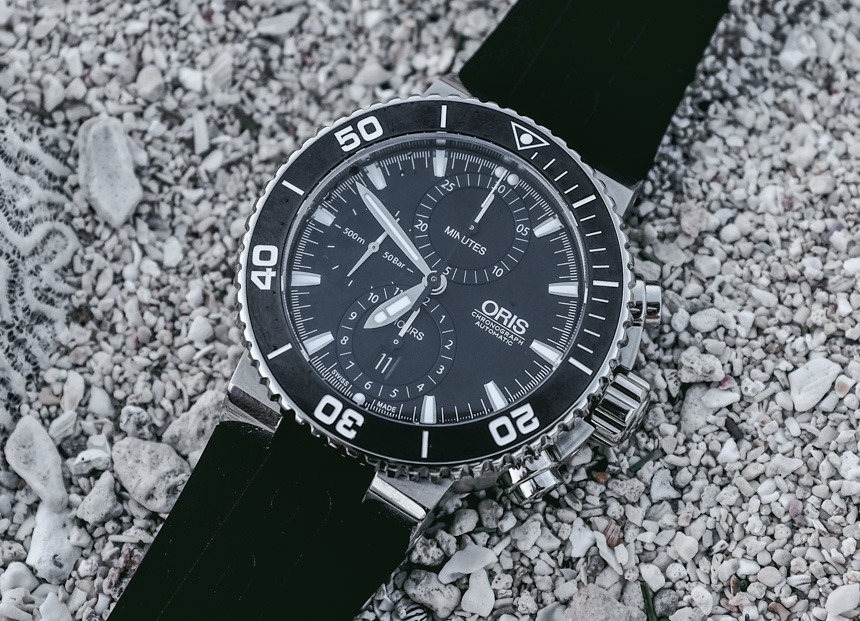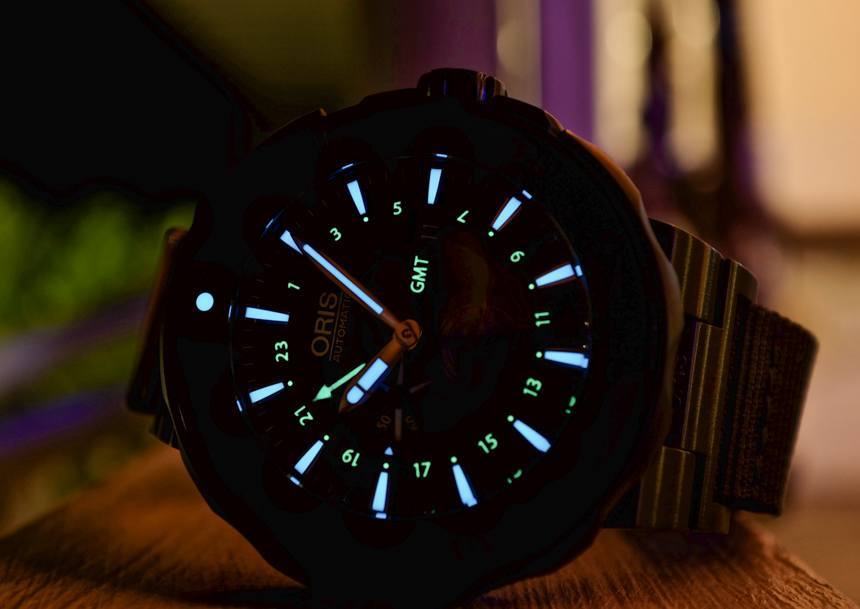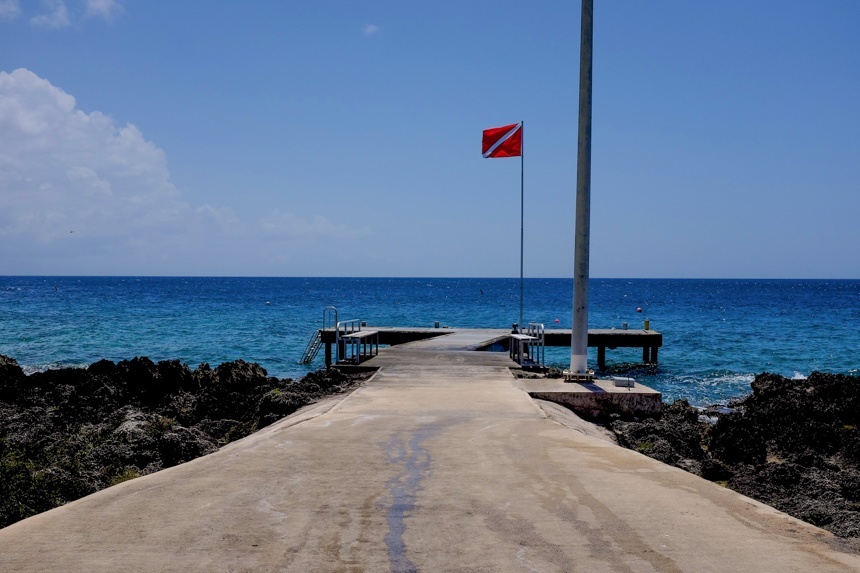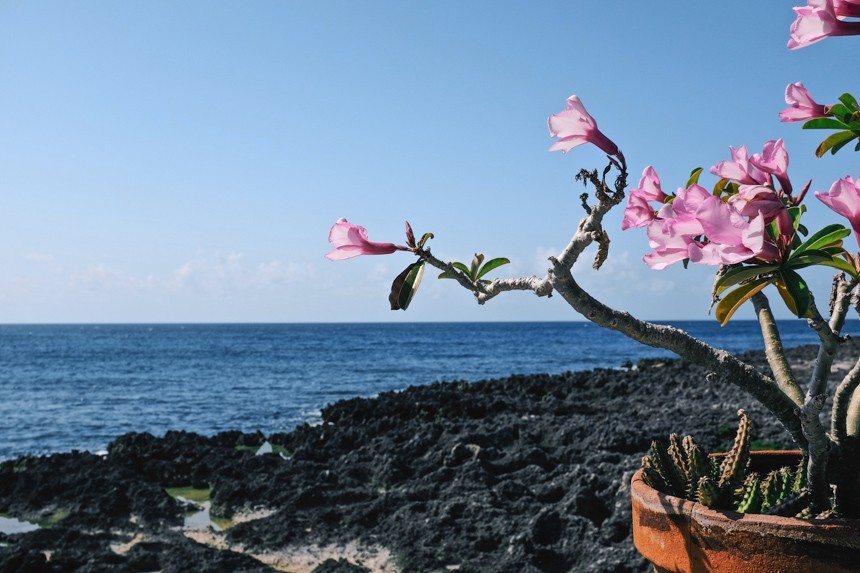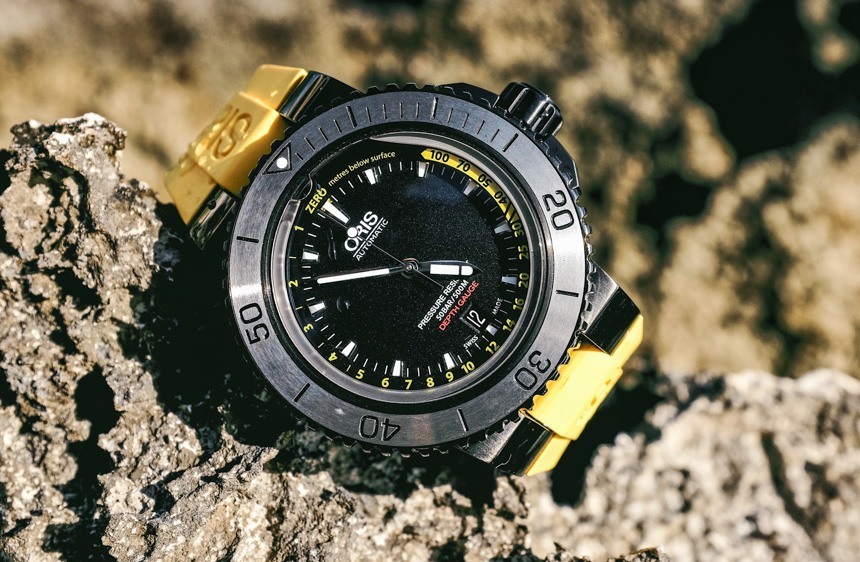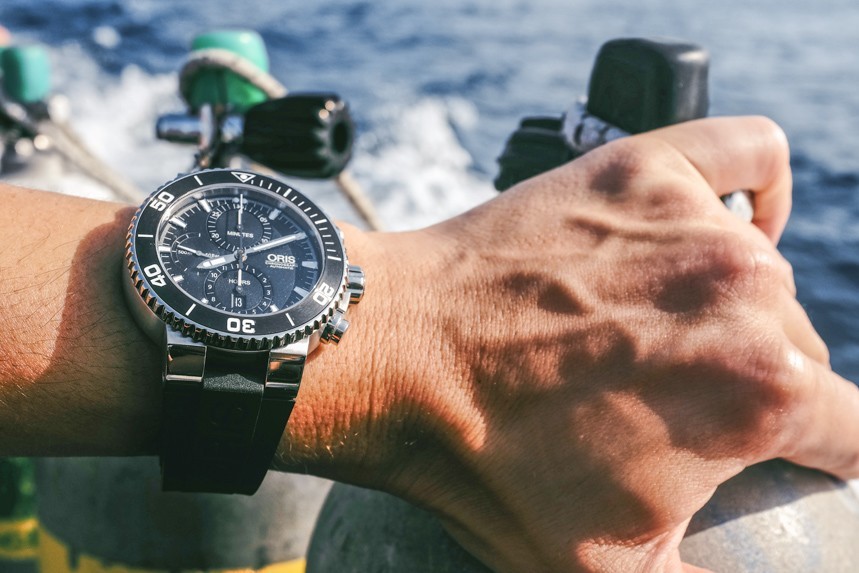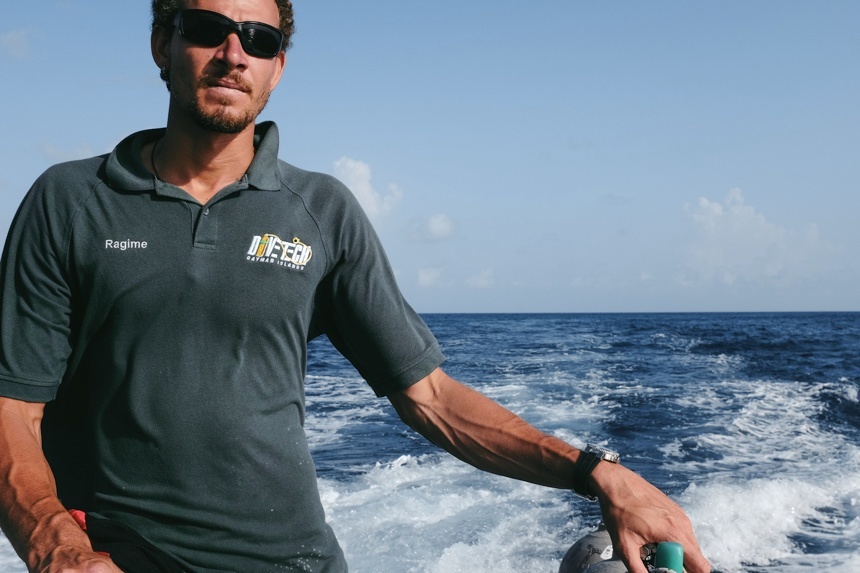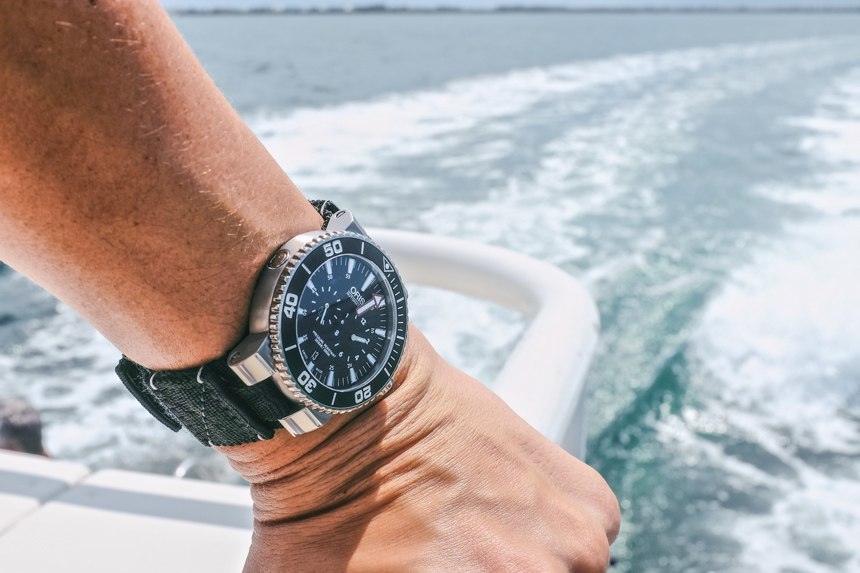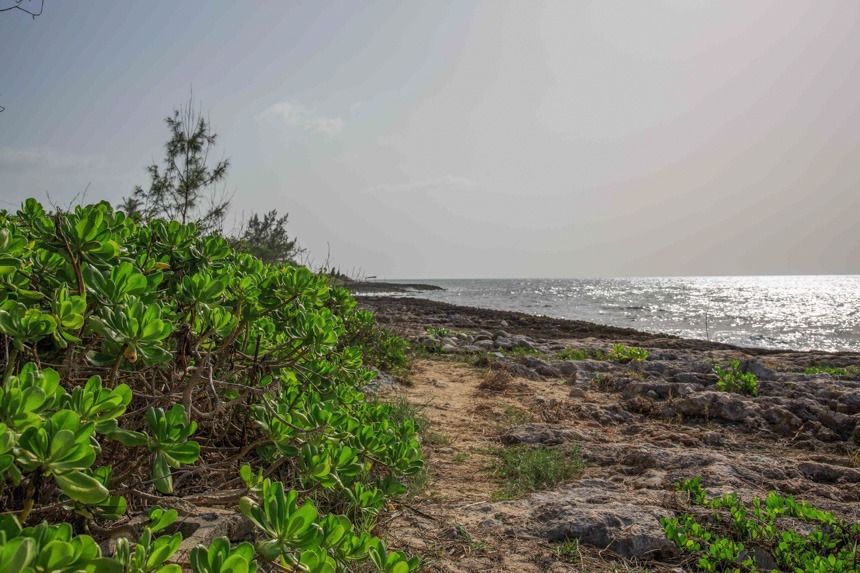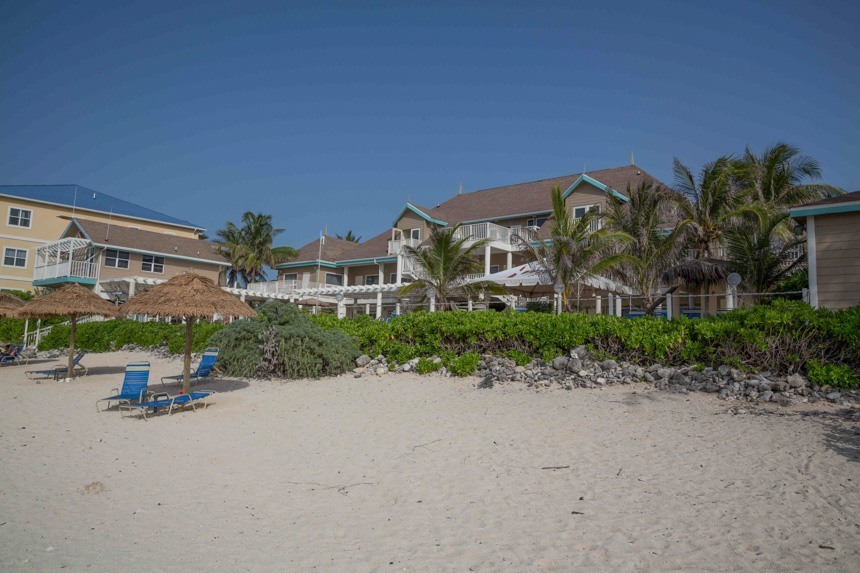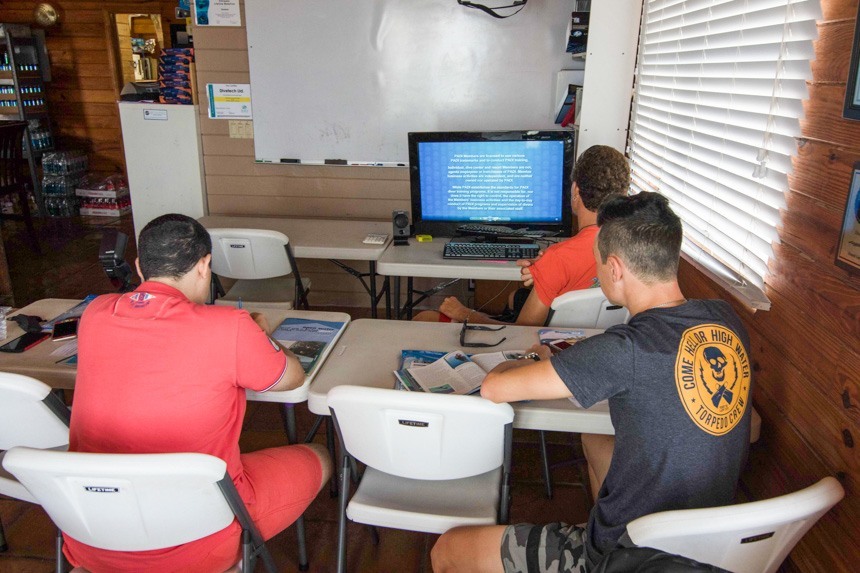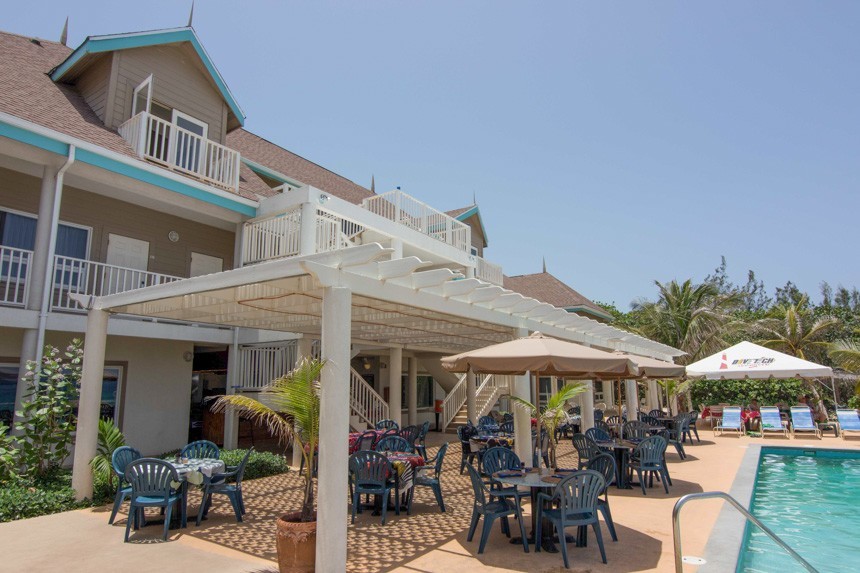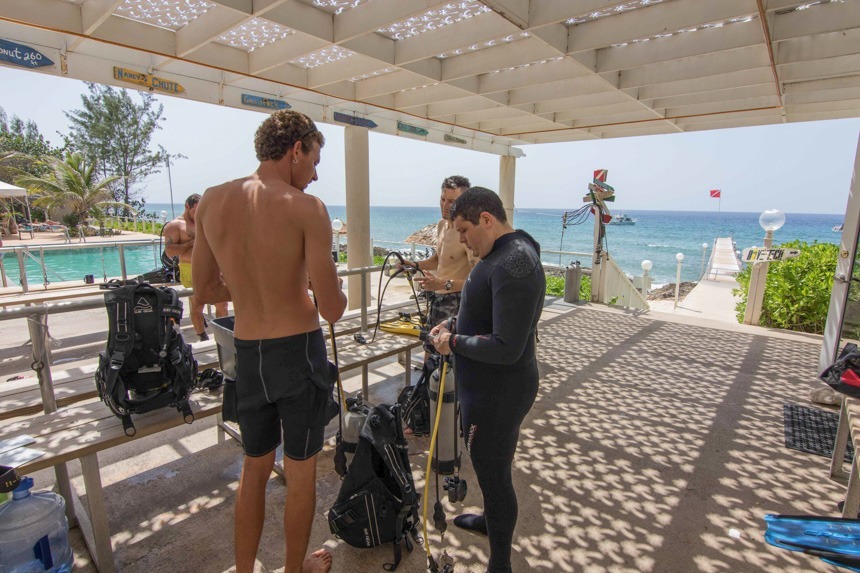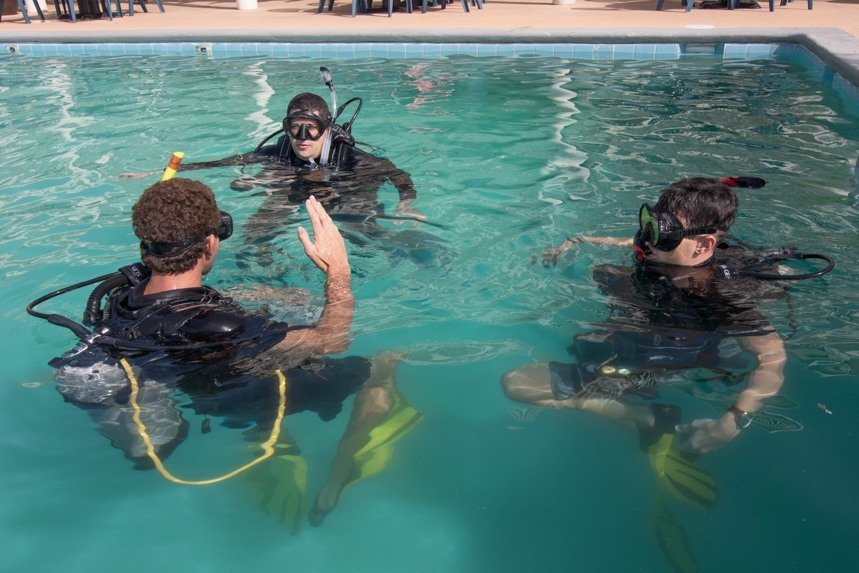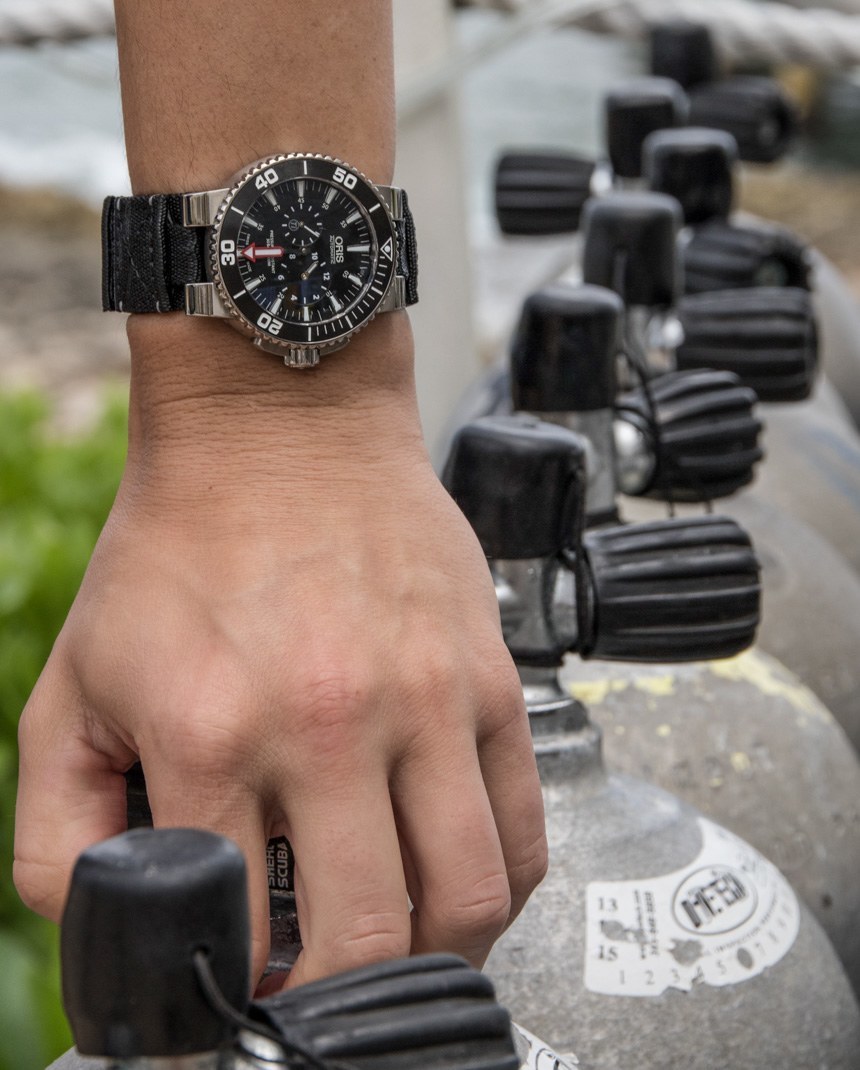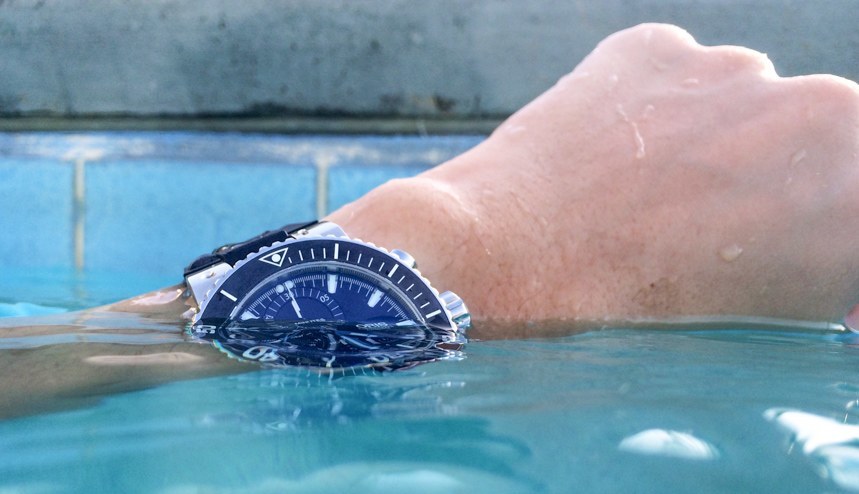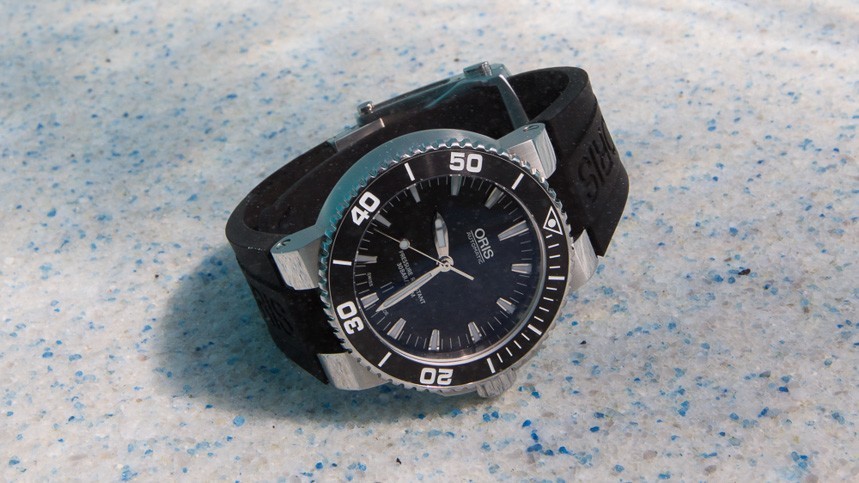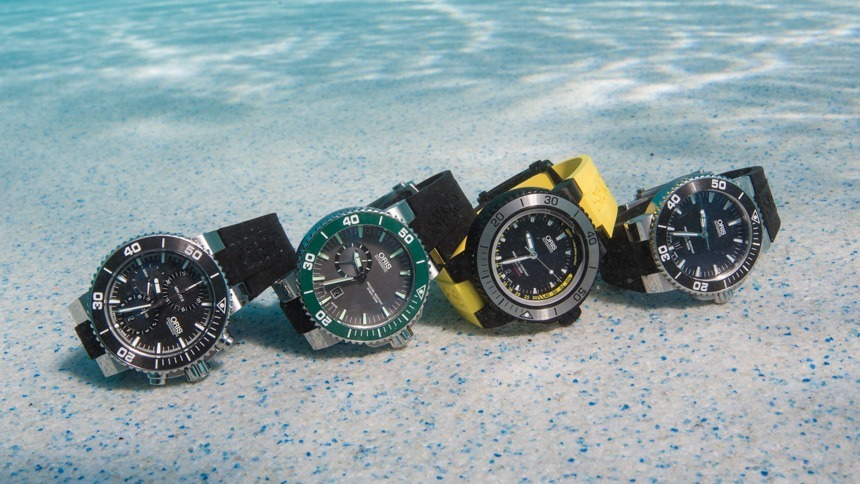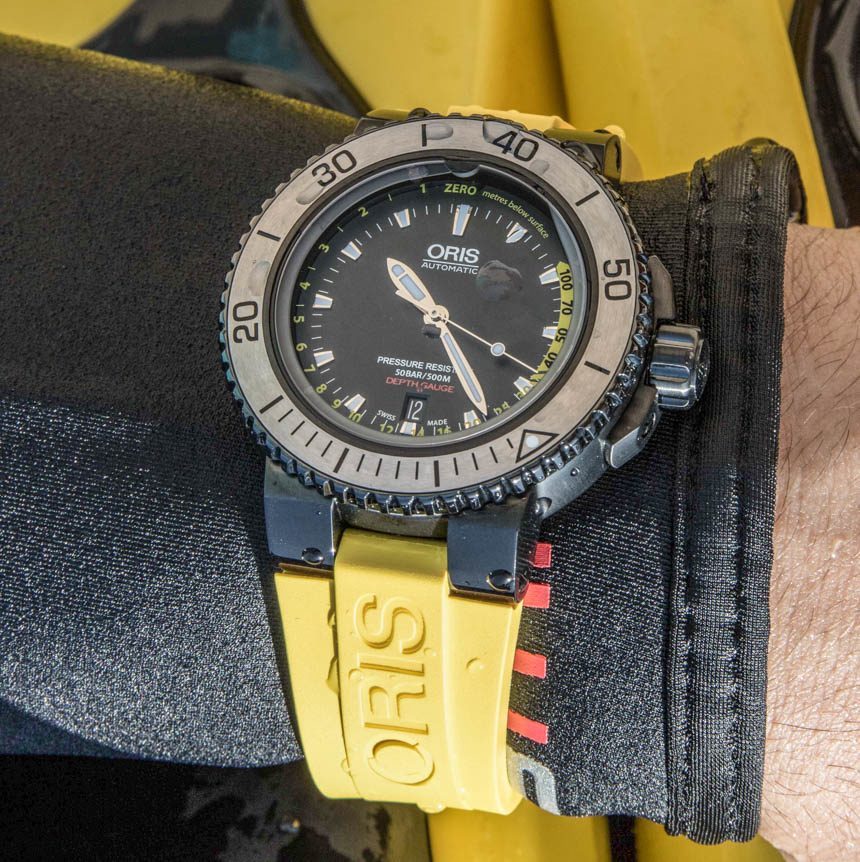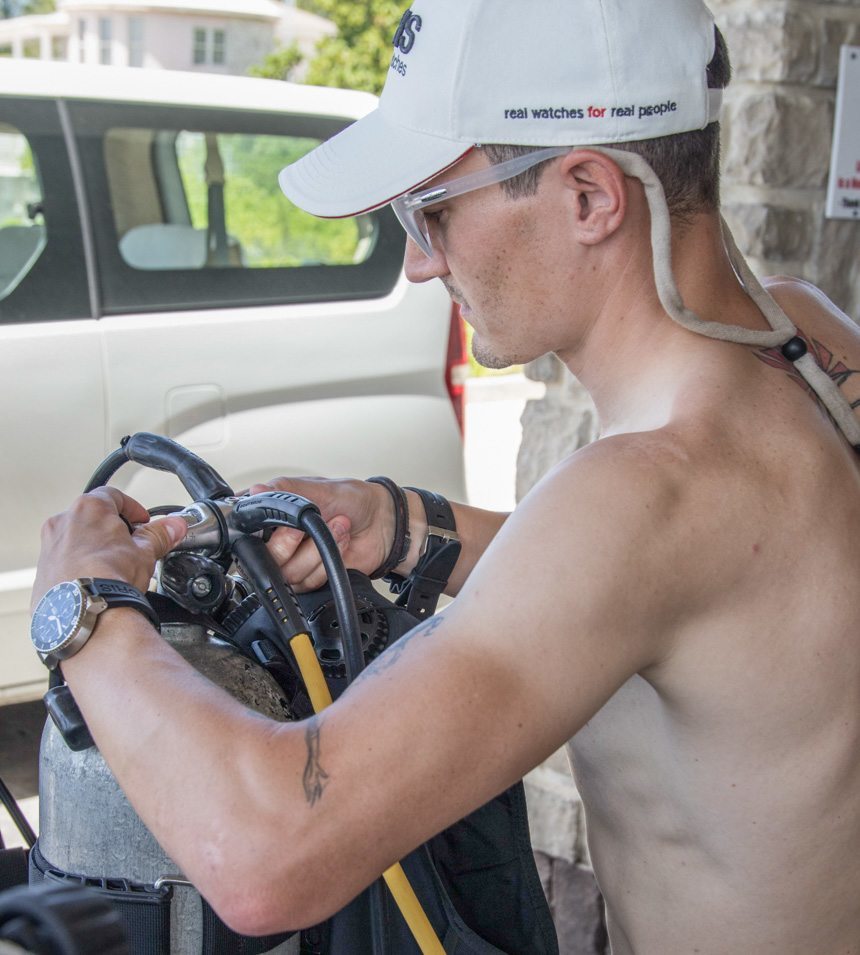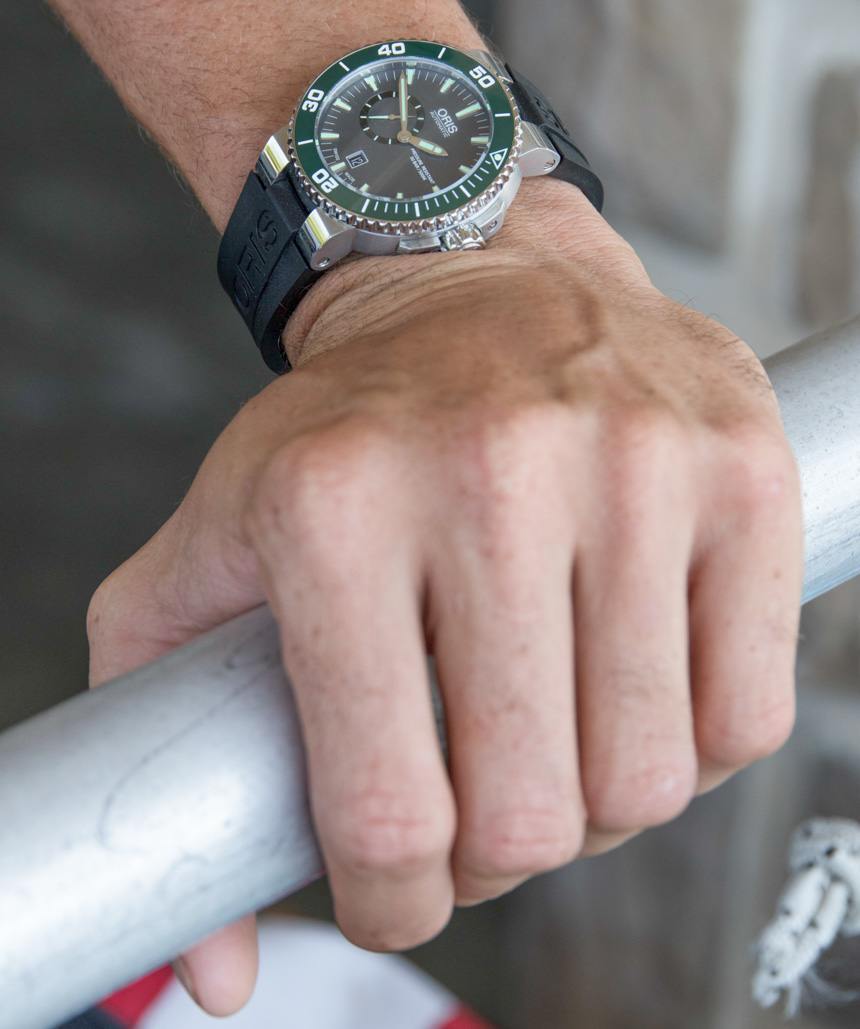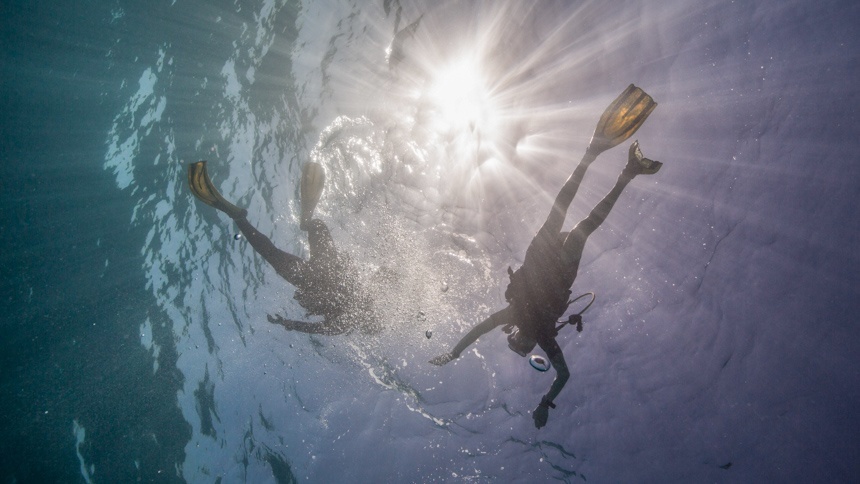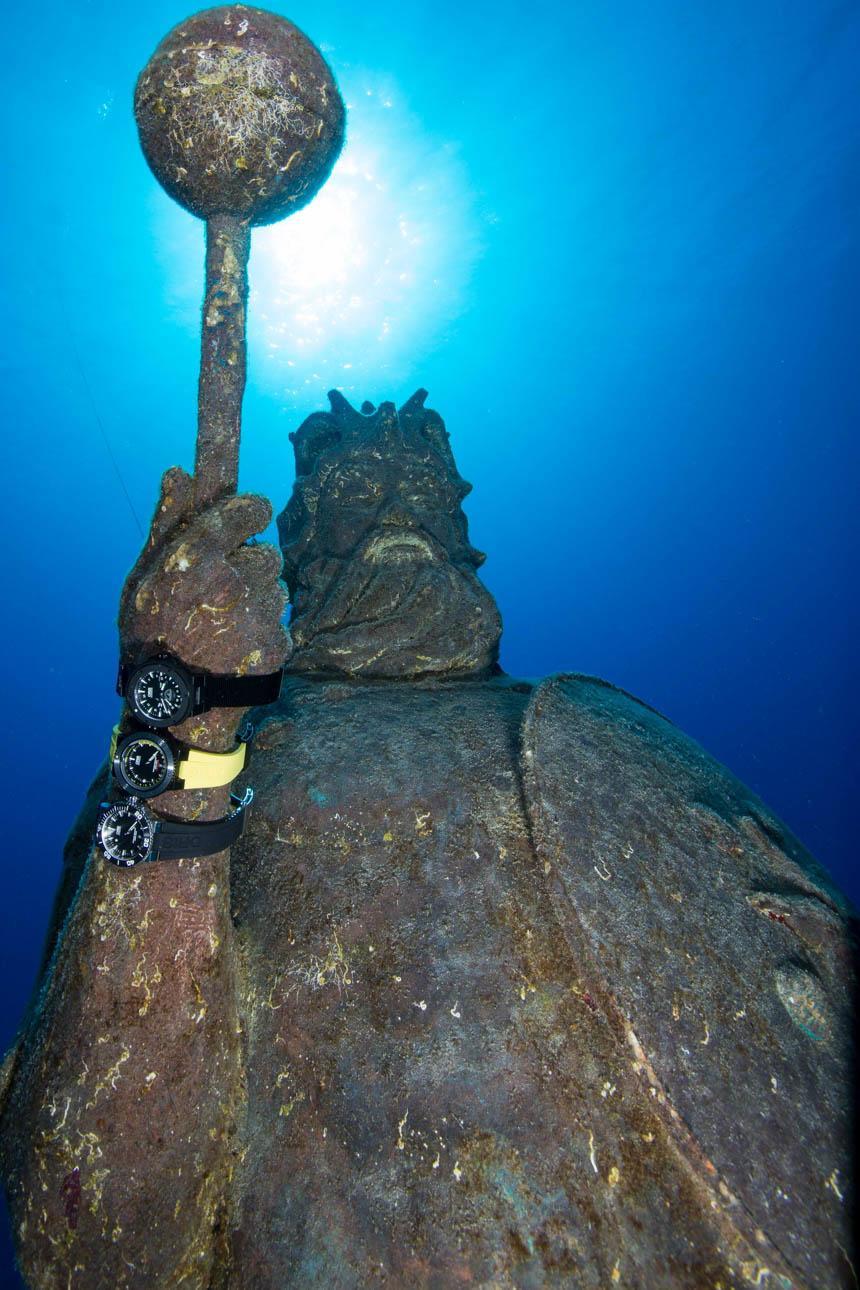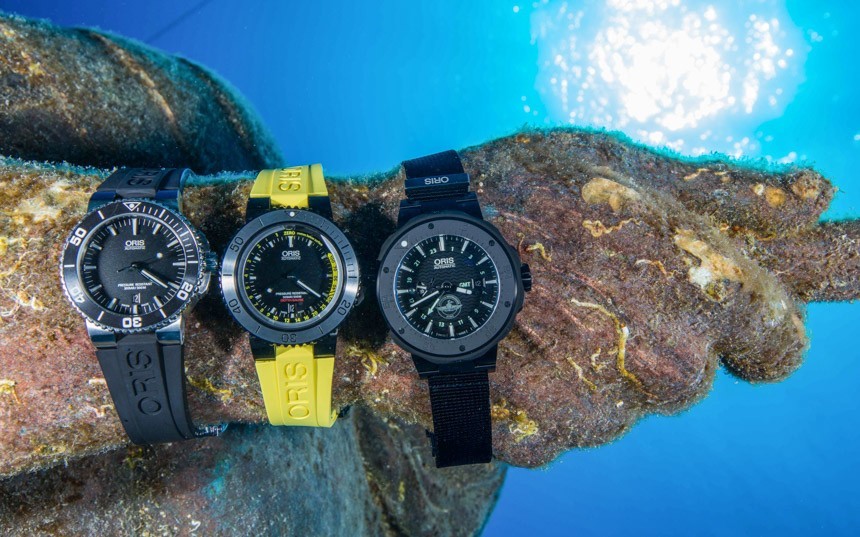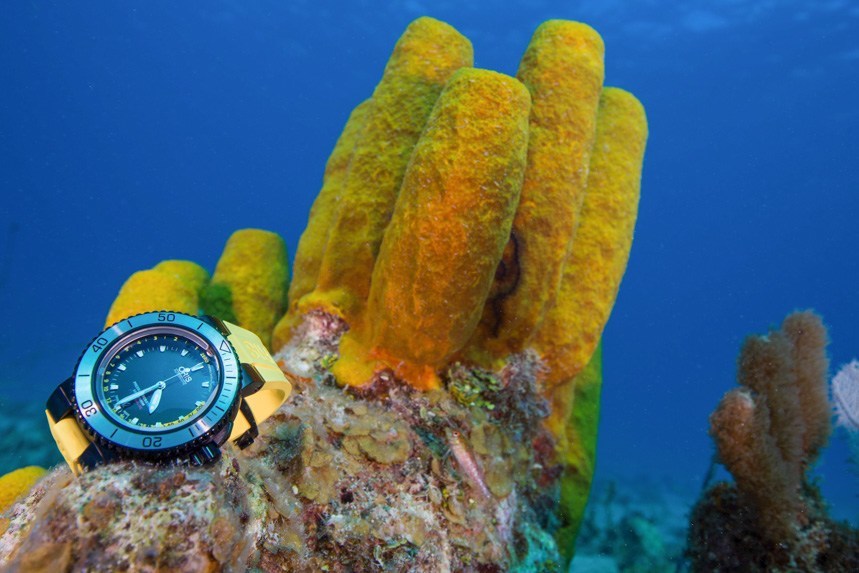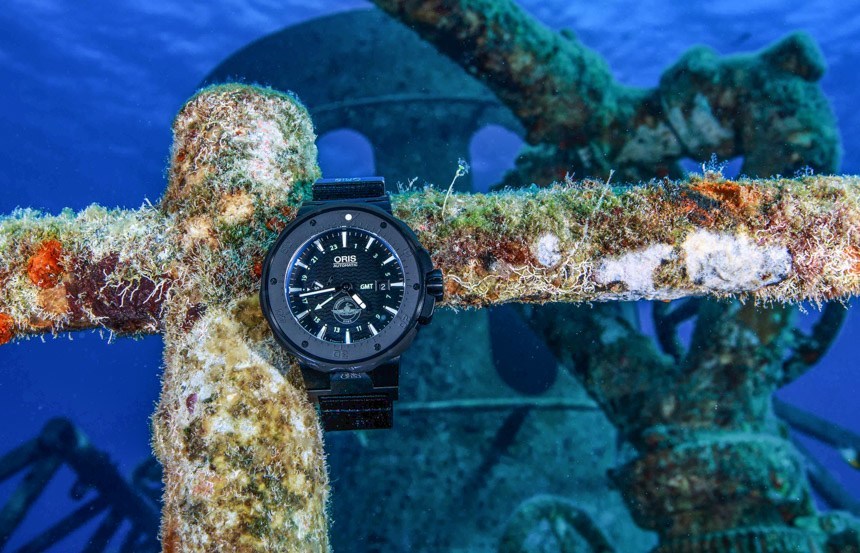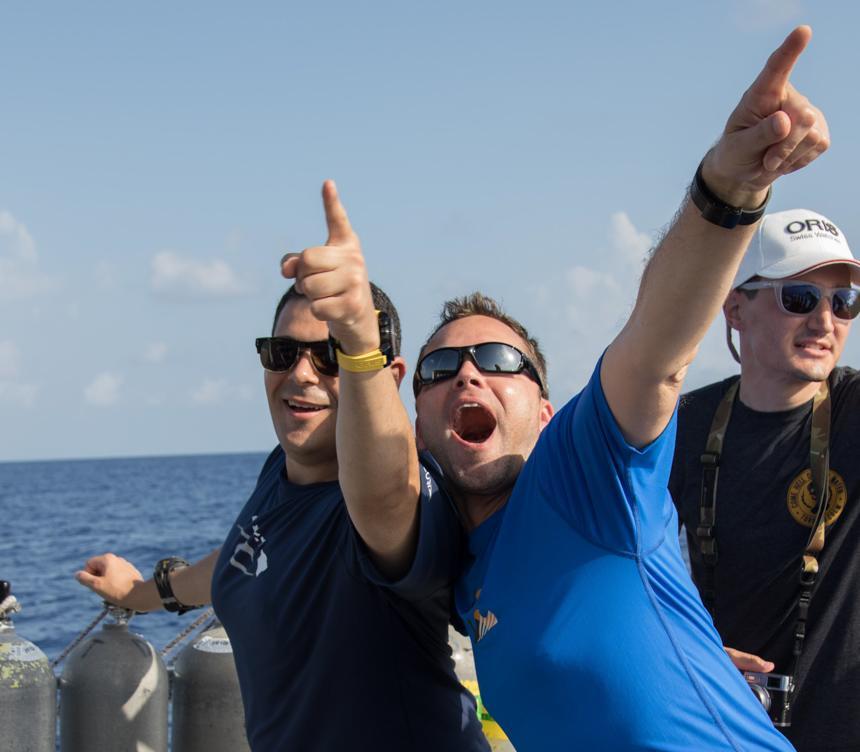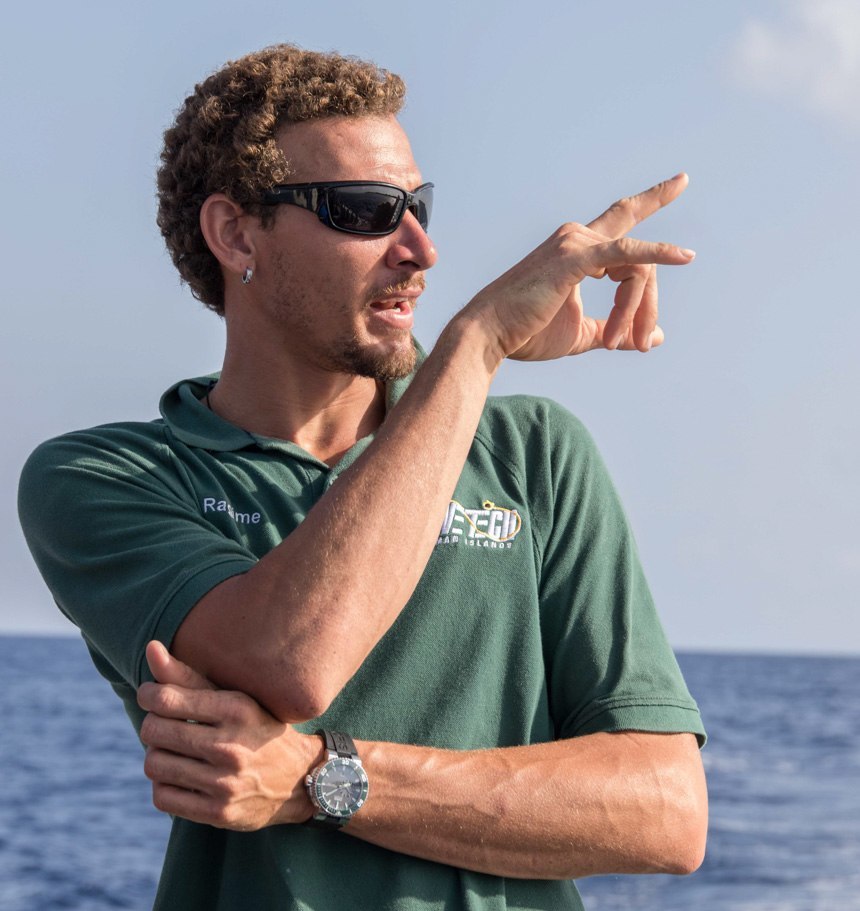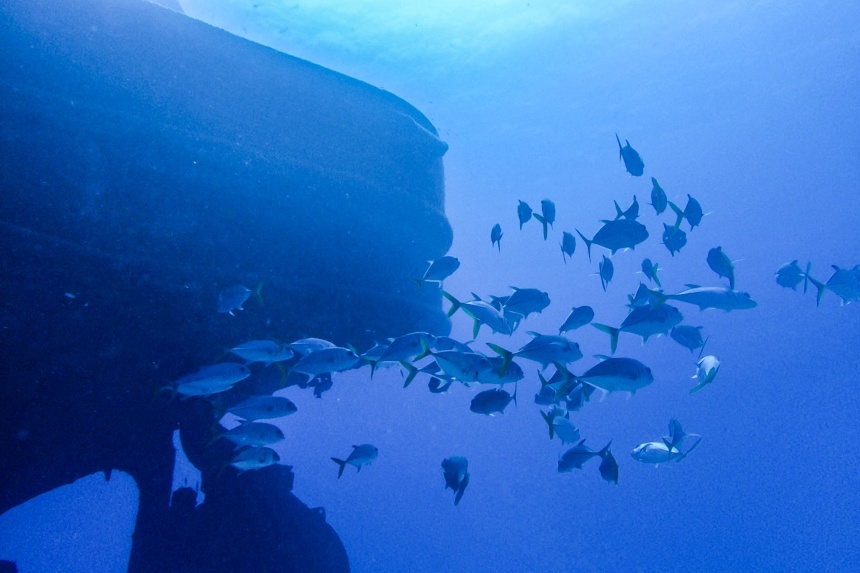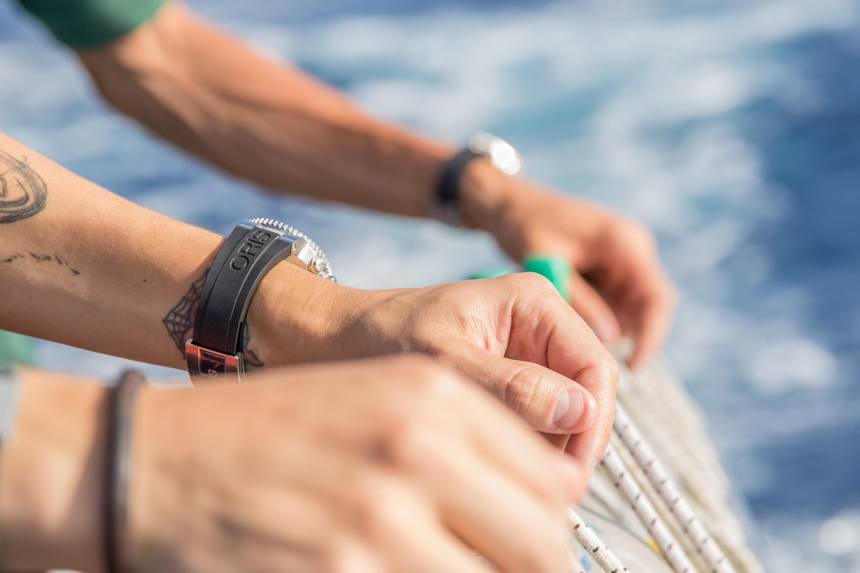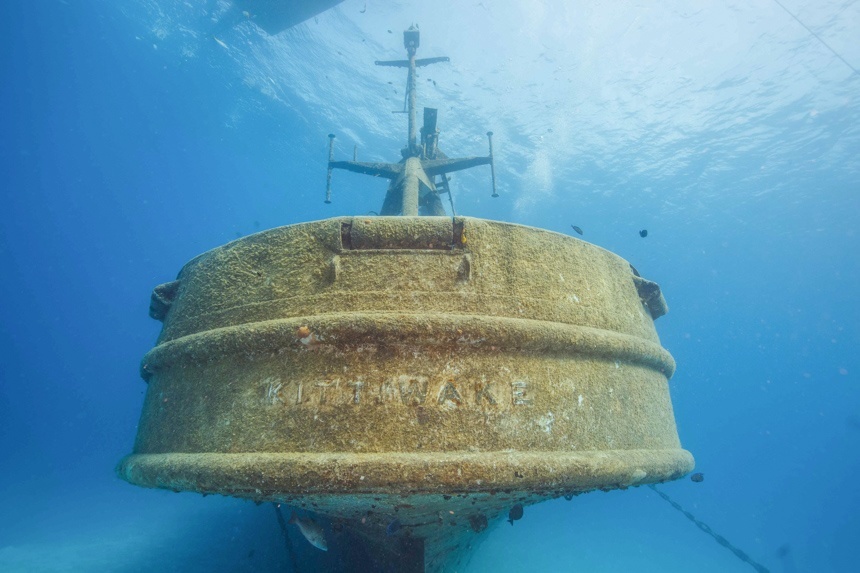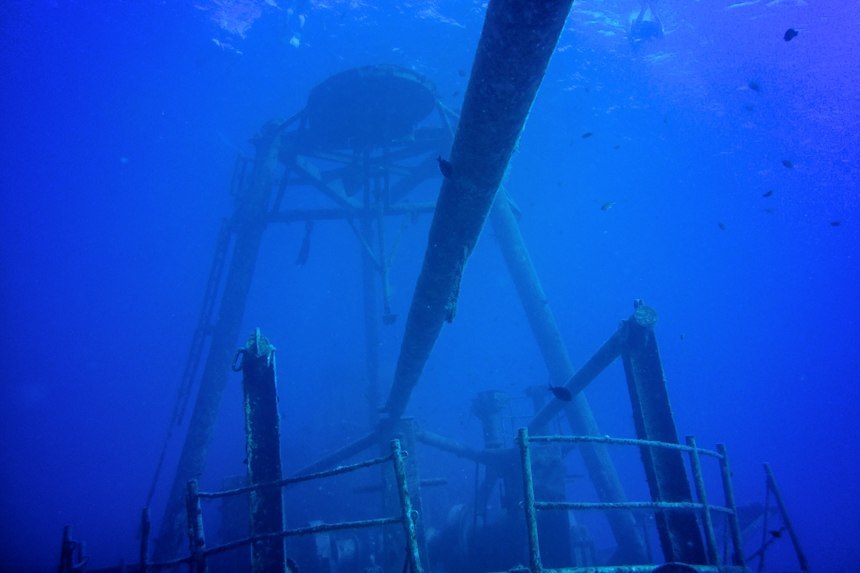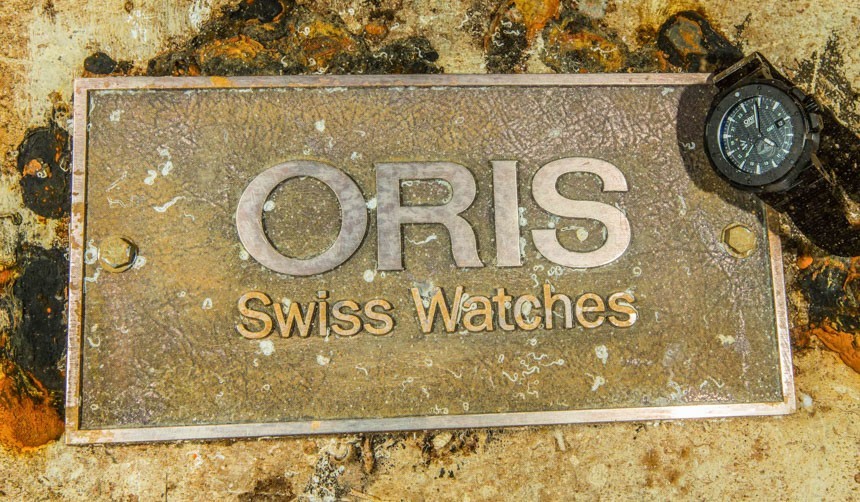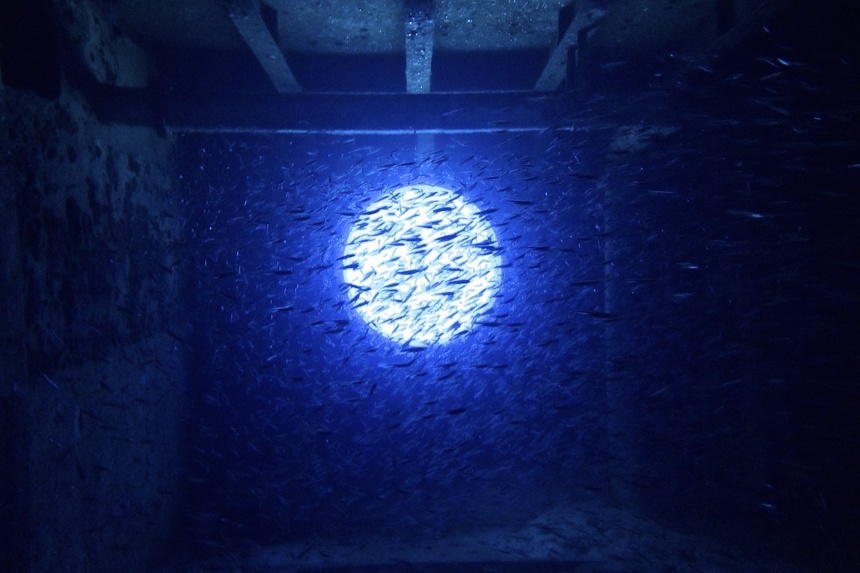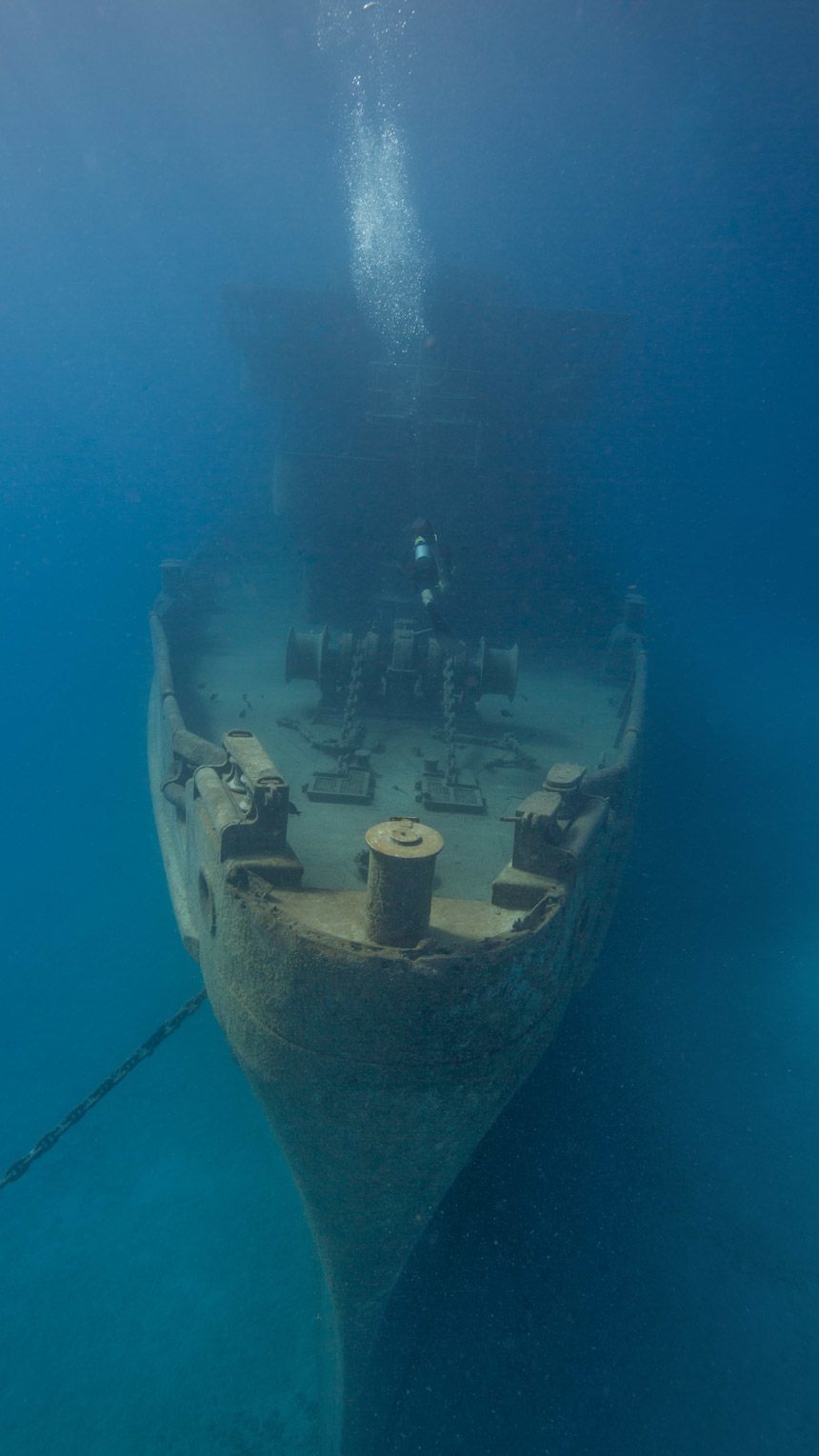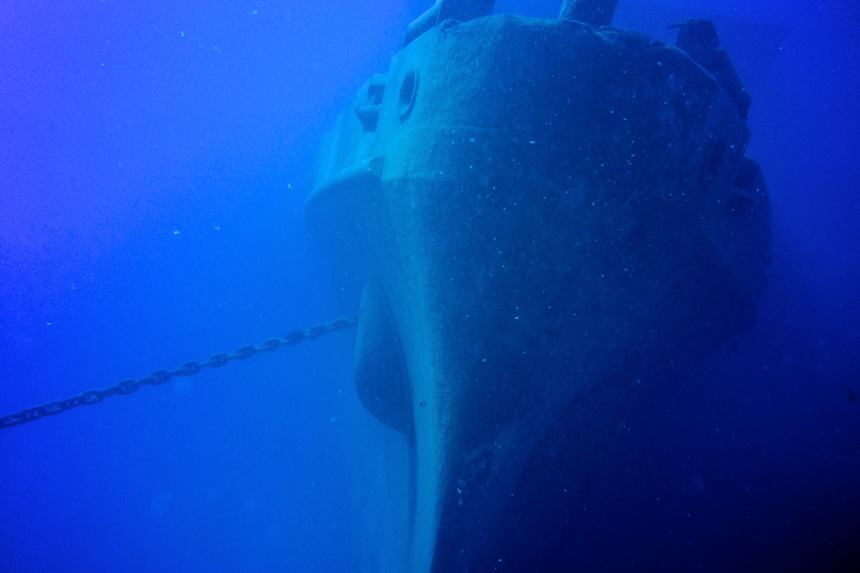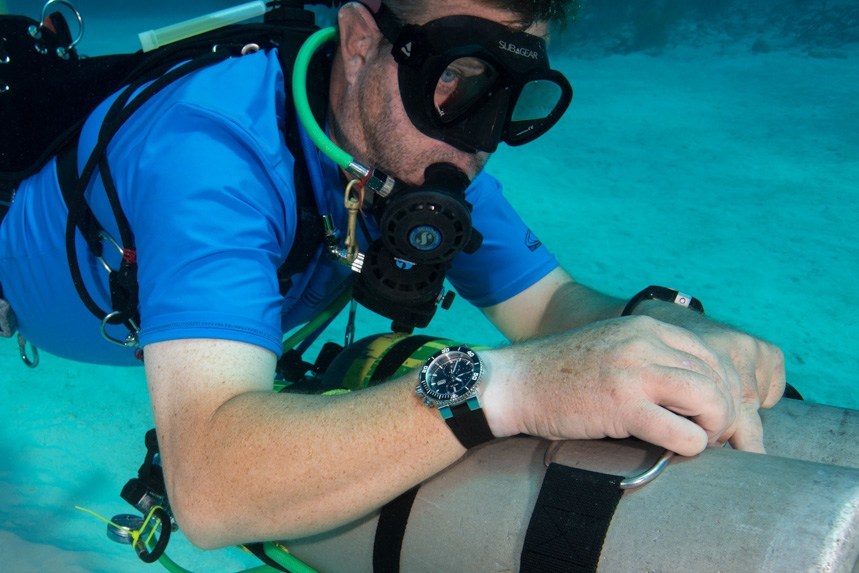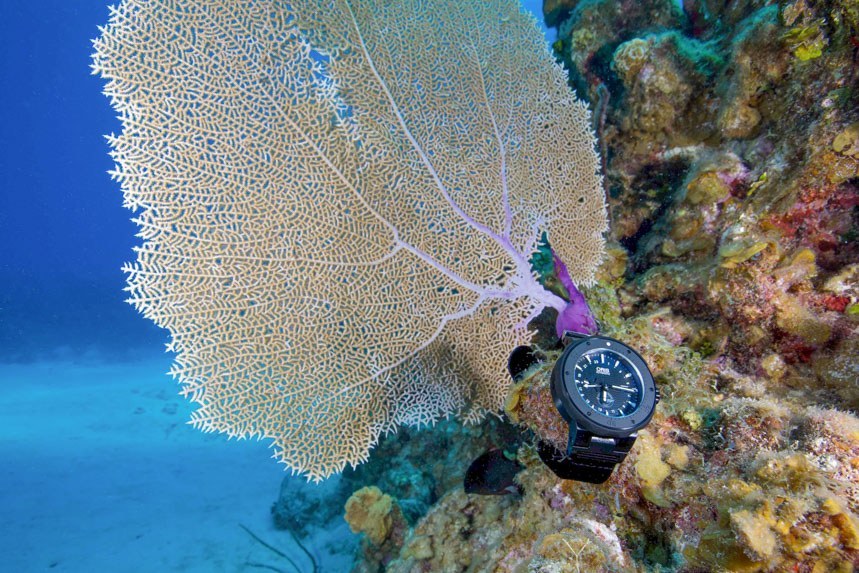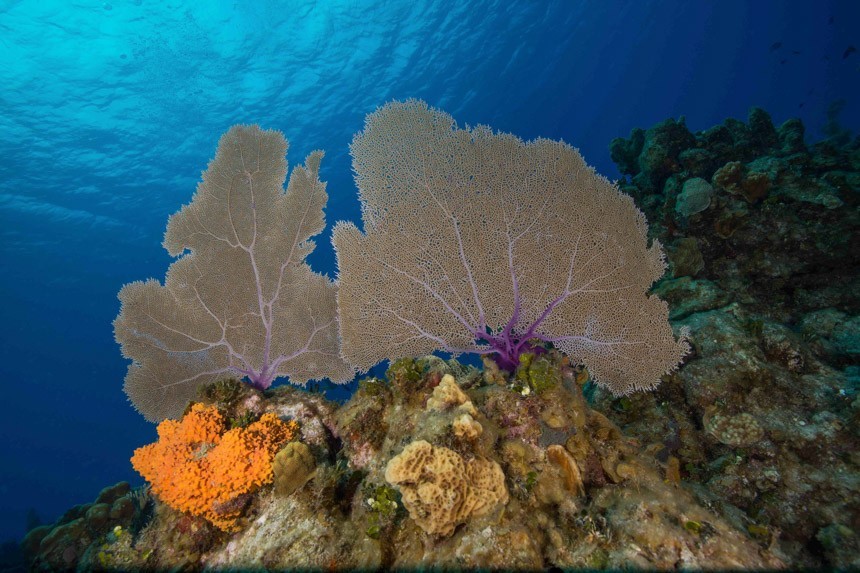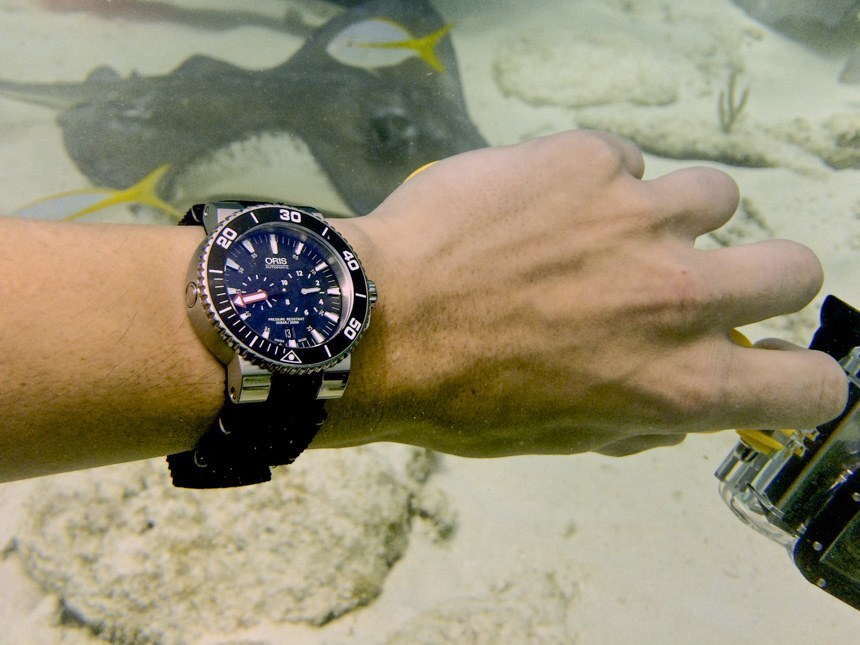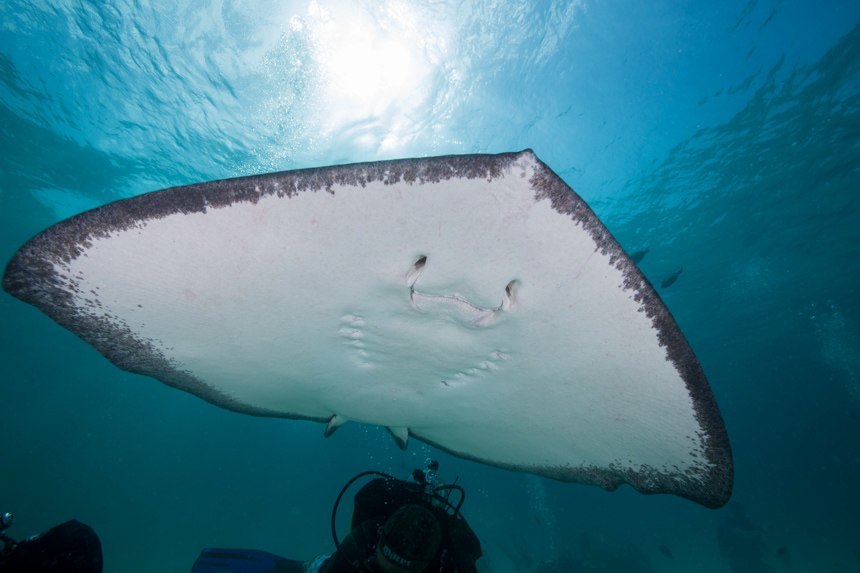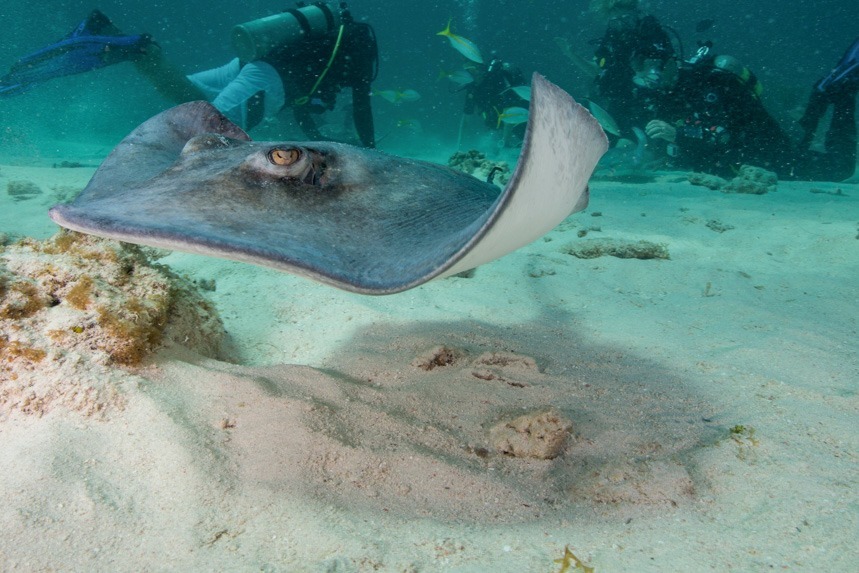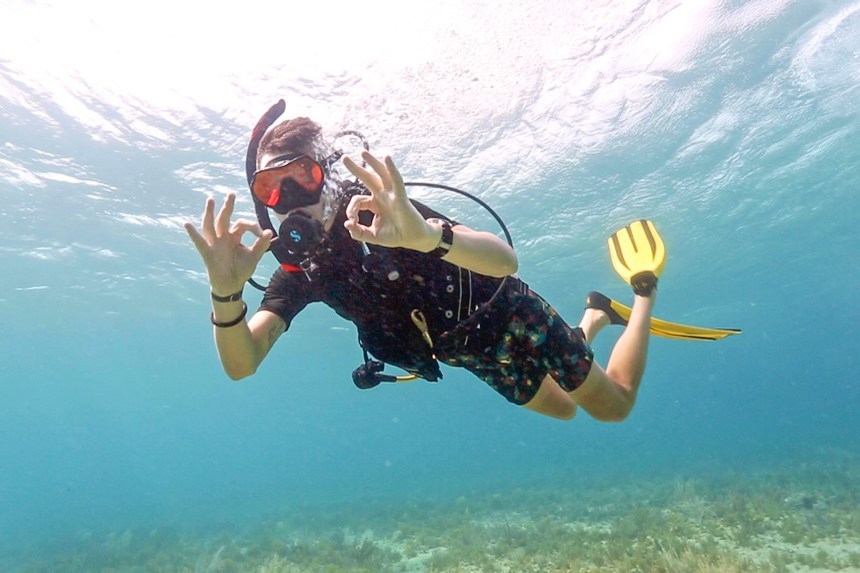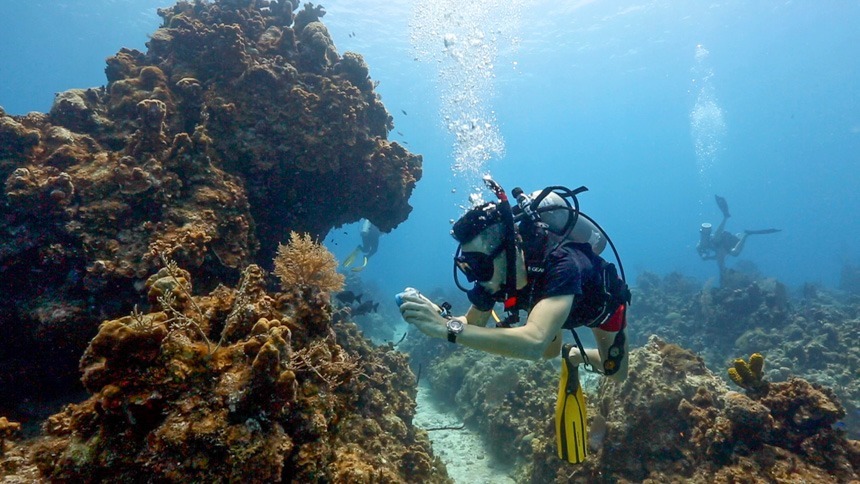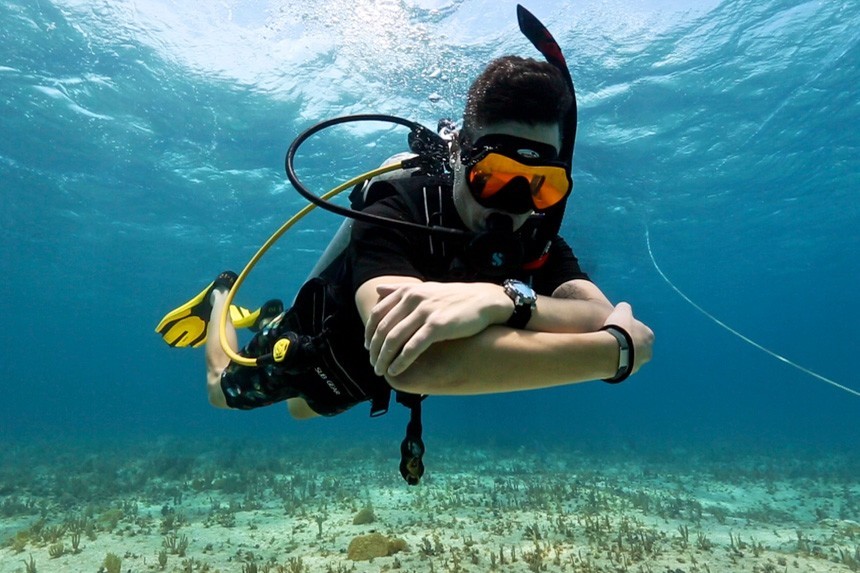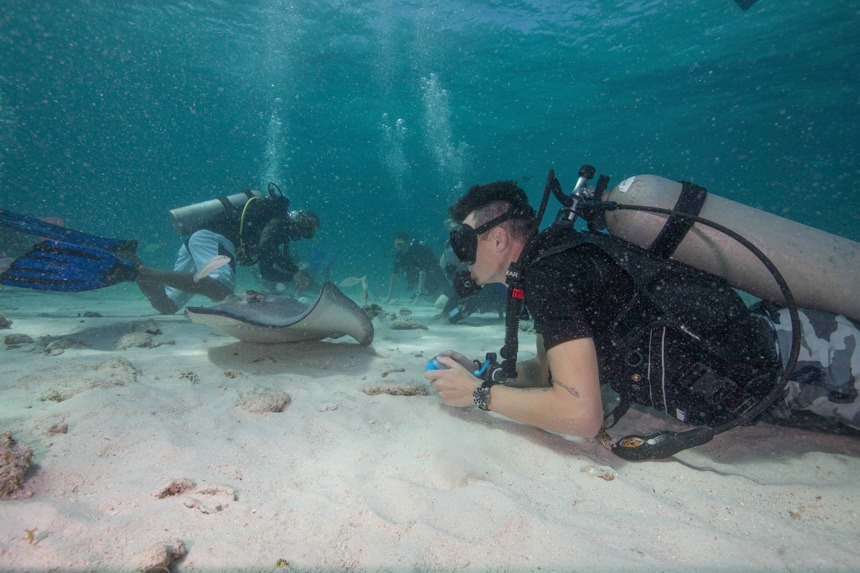
Day 1 of learning to dive starts rather anticlimactically in a classroom with a thick book and videos that you watch followed by various multiple choice exams. I wouldn’t call it hard, but it does require understanding a selection of concepts as well as equipment. Skills are 100% necessary when diving because even shallow dives have inherent dangers. You really need to understand how your equipment works, how your body functions underwater, and what to do in a range of situations and emergencies. One of the most difficult-to-master skills, for example, is buoyancy. This means how to carefully adjust your weights, air in your BCD vest, and how to breathe so that you descend, ascend, or hover in the water.
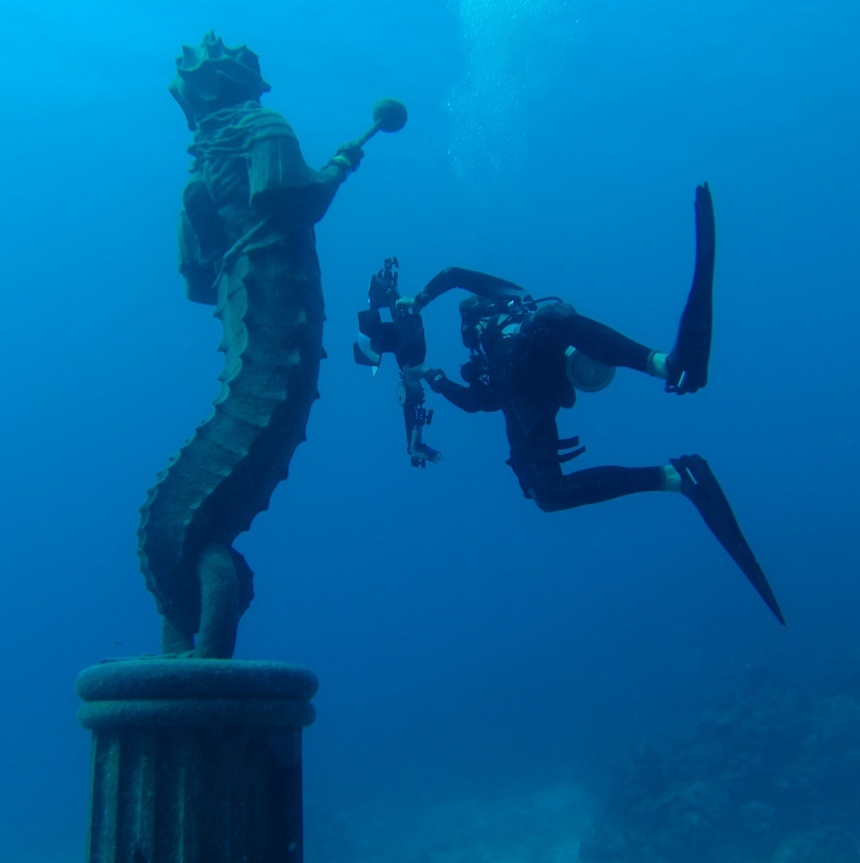
This latter skill is a particular challenge at first. It is very dangerous for your body to sink or float too quickly. Things need to be done slowly, and even maneuvering underwater can be difficult if you want to swim horizontally in a straight line. Take a deep breath, for example, and you’ve suddenly introduced a lot more buoyancy into your body. Release your air too quickly and you’ll sink at a dangerous rate. Even ascending too quickly can be life threateningly dangerous, given that you need time for absorbed nitrogen in your body to dissipate.
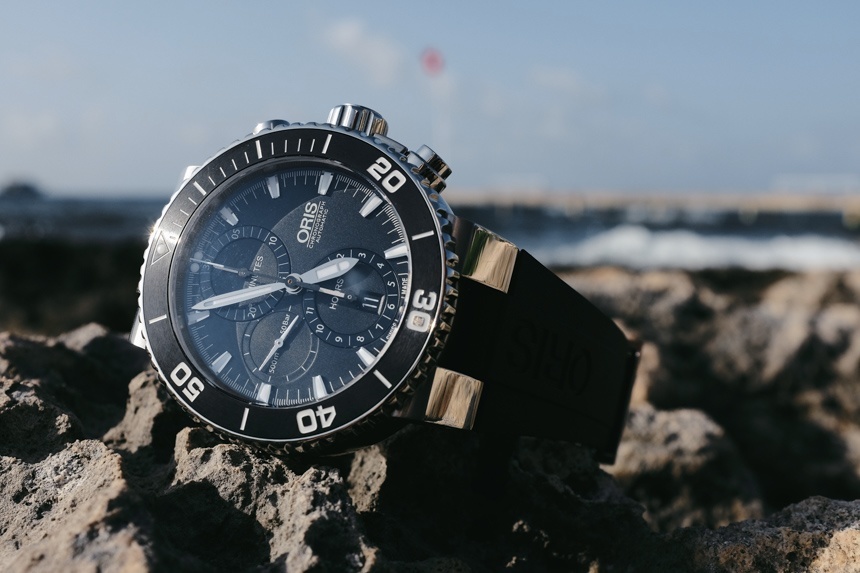
On top of all that, you need to understand how to read your air supply, and what happens to your air supply as you dive deeper. The lower you go, the more the air in your tank is compressed. That means you have far less available air when you are deeper, and you’ll go through it much faster than when you are closer to the surface. Facts like that make it crucial to understand how biology and physics affect the world around you when diving. Timing is also crucial as you constantly need to be aware of your rate of air use, how long you are staying at various depths, and how much time you need to get back to the surface safely. These are all things a watch is used for, and even if you have a dive computer, you can use a traditional wrist watch for various other tangential measurements.
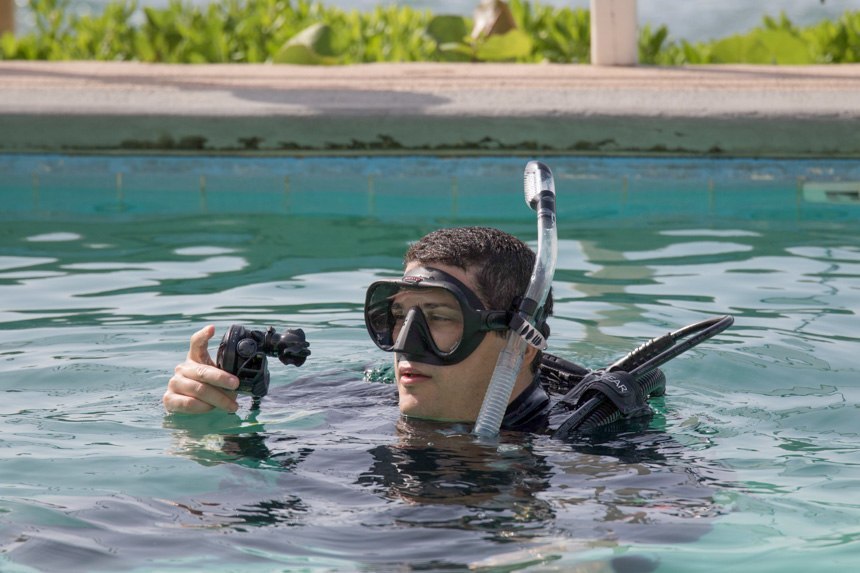
Before most people go out into the ocean, they are confined to diving in a pool. This might sound confining, and it is, but it is really helpful because using SCUBA gear isn’t exactly natural and takes time to get used to. This is especially true while wearing fins on land. I felt like a duck-turtle with all the gear on me. Also, if you are in a tropical place like Grand Cayman where it is hot and humid, you’ll start to cook a bit in your wetsuit – and you simply can’t wait to get back into the water.
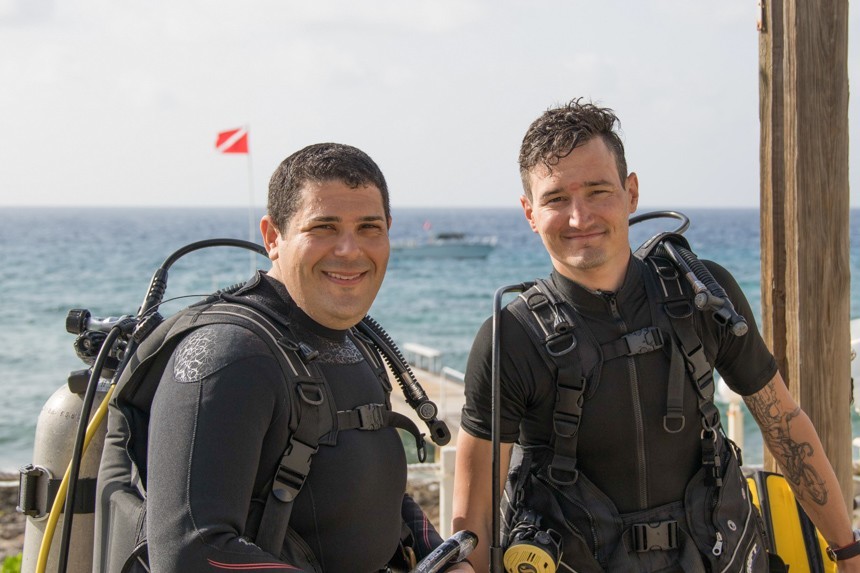
With pool and class training under our belts, we proceeded to enter the ocean. I felt extremely lucky being in a place like Grand Cayman for these initial experiences. Clear water and lots of interesting marine life were there to greet me. I was particularly amazed at how easily I became accustomed to being in a space where I could move in a three-dimensional environment with animals swimming in front of me, under me, and above me. There are few cooler things I have experienced next to swimming with the fishes in a coral reef. Everyone needs to do that at least a few times in their life, and now, I understand why people travel to exotic locations exclusively to dive.
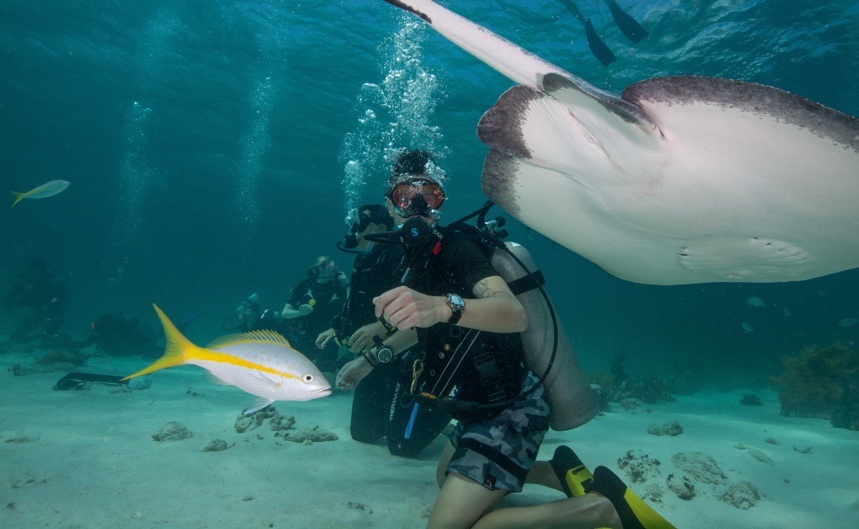
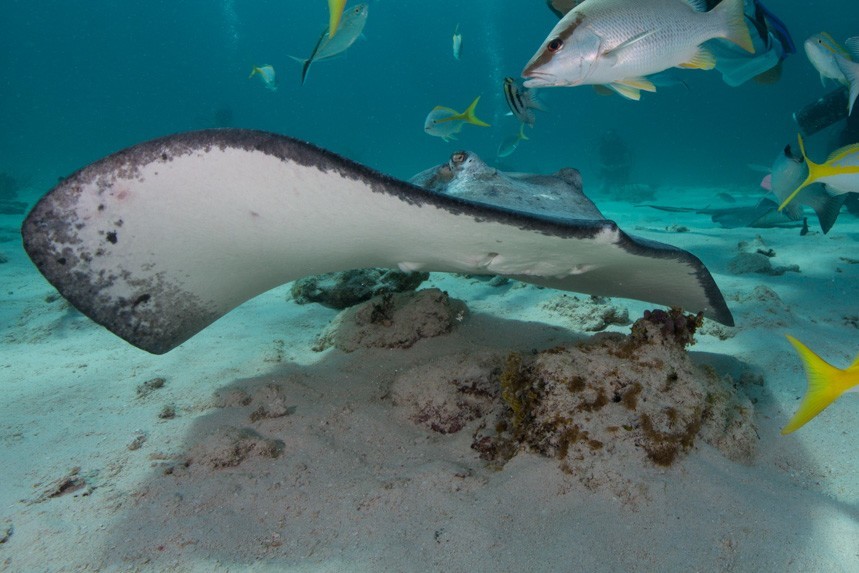
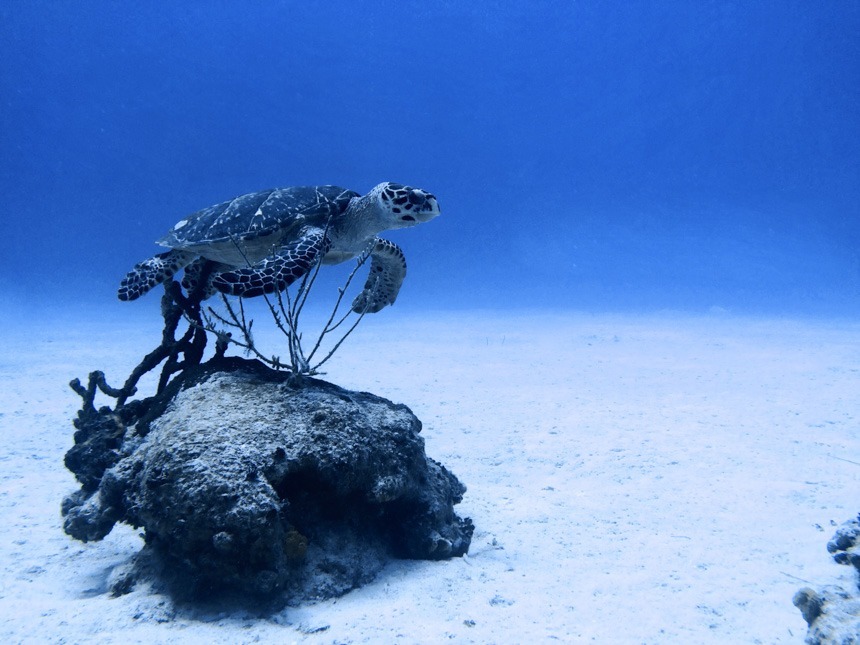
We would be remiss in not personally praising our Divetech diving instructor Mr. Ragime Powery – whose cool, and collected teaching and guiding style made everything feel particularly easy. Ragime (who speaks with a local Cayman accent that sounds a lot like those we know from Jamaica) is one of those naturally adept divers who appreciates the knowledge required in diving but who is also extremely at ease in the water. Zach and I felt safe, but free enough to explore the entire time – which made learning how to dive particularly enjoyable.
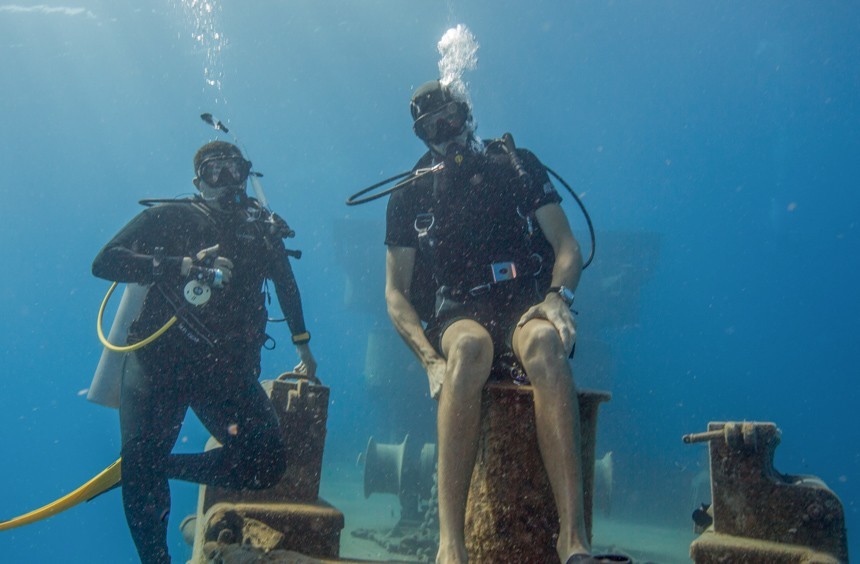
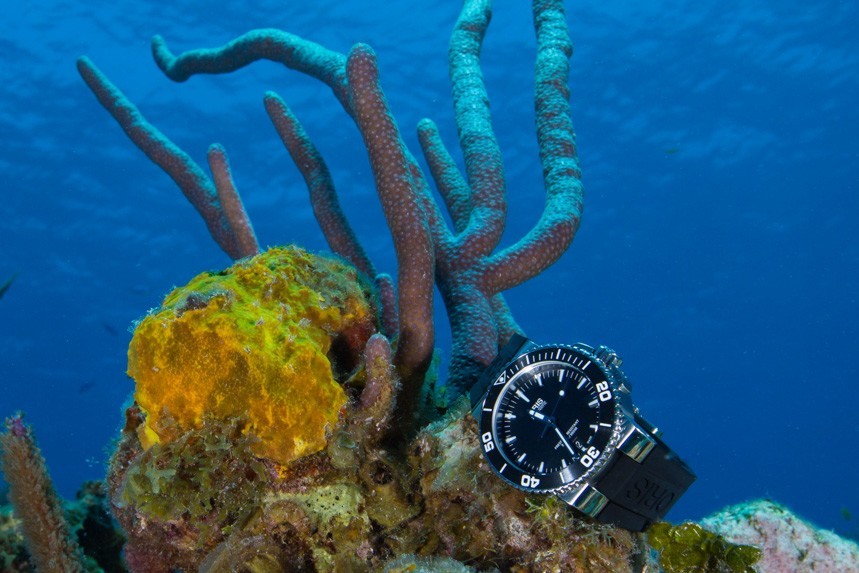
Our time in Grand Cayman learning to dive would have not been the same without Philip Burghard – our amazing photographer and videographer. Without Phil, we would not have this footage to share with you. Understanding the importance of our “mission,” Divetech hooked us up with Reef Photo out of Fort Lauderdale, Florida, who sent our talented underwater rock star Phil to record our experience in a way that so genuinely captured the beauty of what we saw. I have to say that dive watch marketing materials have absolutely no deficit of divers in their media – but too rarely do they actually send their timepieces underwater for an experience such as this. I suppose it takes an aBlogtoWatch trip to make it happen – and you can appreciate how great these Oris dive watches look on land and underwater. Reef Photo and Phil will be along for the ride again in future adventures, to be sure – and if you need underwater media, these are easily among the best people to go with.
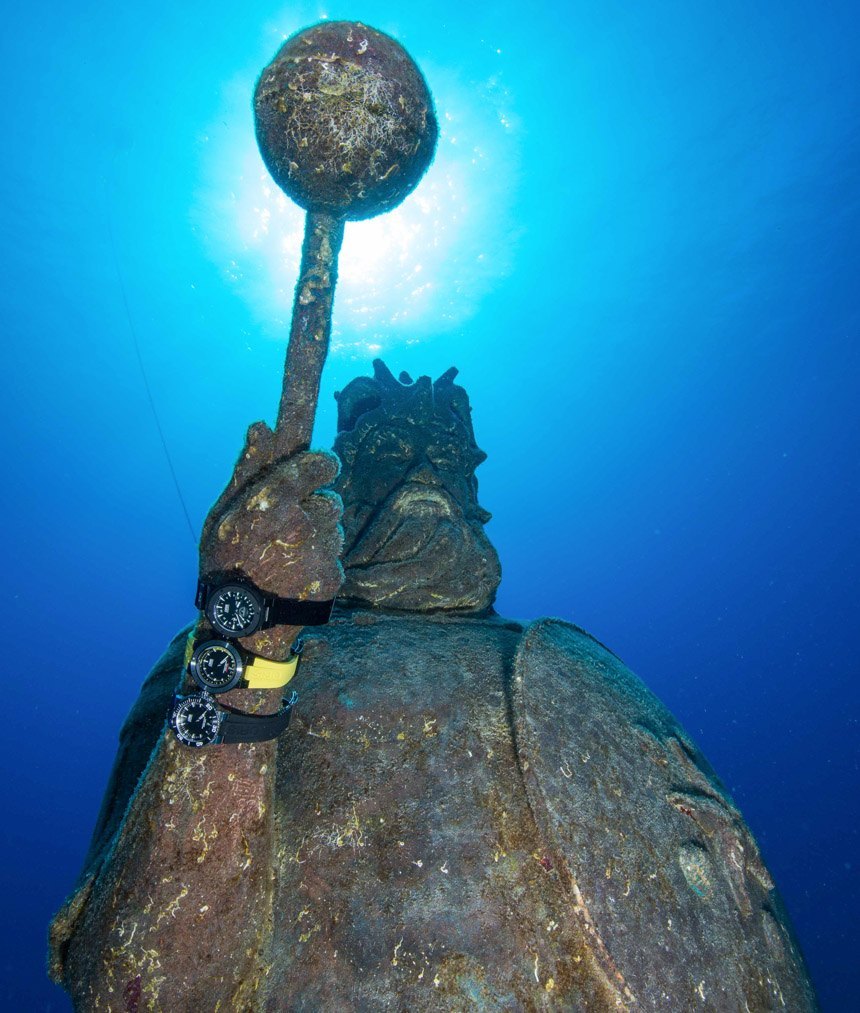
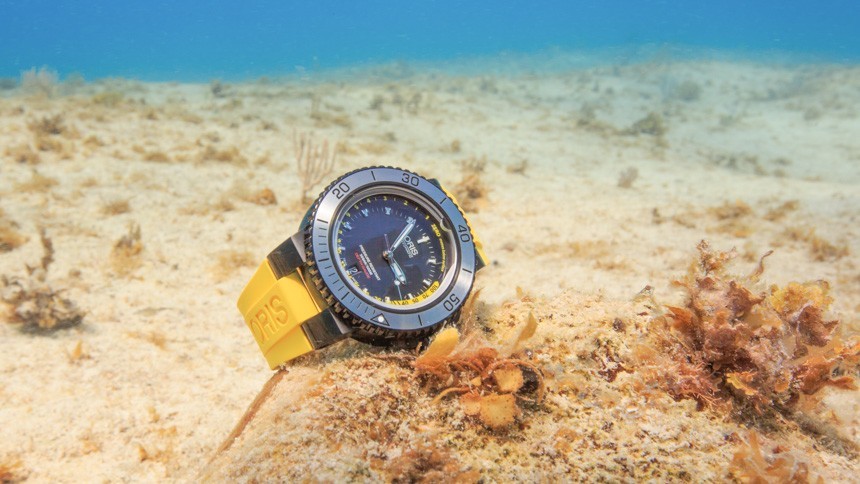
As new certified divers, our first dive was a bit unique, going into a place that is anything but for beginners. We did, however, have Ragime with us, so everything went okay. As a new diver, I can say that looking up and seeing the surface is a typically reassuring sight – knowing that in the event of emergency, you need only travel up. More advanced divers can travel into confined places where the options for emergencies change because there is a ceiling. This was the case with diving not only down to the USS Kittiwake, but inside of it. Few people can understand how cool it is to delve into the confines of a sunken ship, exploring its various rooms and corridors with infrequent light and diving torches. It also takes a degree of skill to navigate in small spaces where you don’t have the luxury of not hitting things or worrying that your gear might smack against something or snag. Nevertheless, it was totally worth it to enter the USS Kittiwake that is now an artificial home to a range of fish and other marine animals. It is also a spot that should be on the bucket list for diving enthusiasts around the world.
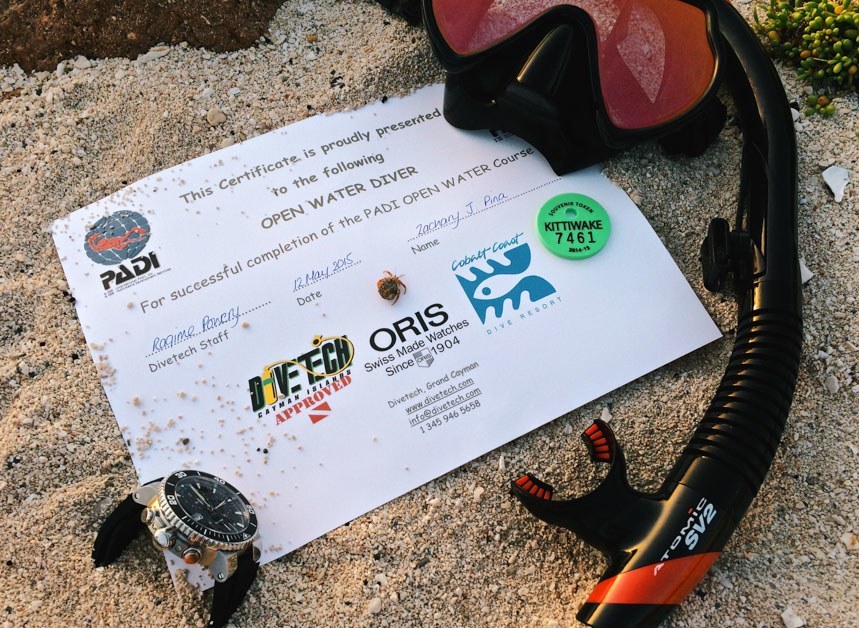
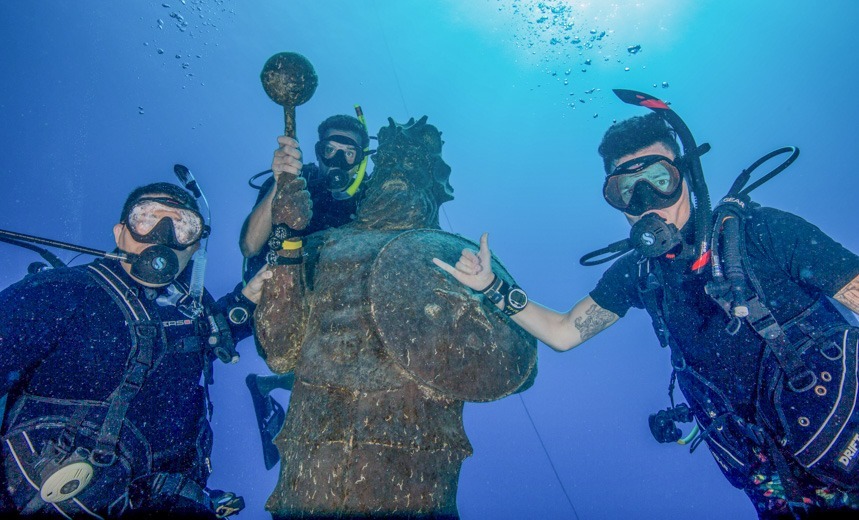
When diving, you can’t talk. You can see and, to a degree, you can hear. For that reason, while this article is long, I wanted the main take away messages to be the visuals and video from our experience. I want non-diver dive watch lovers to know that seeking out your diving certification is totally worth it. I want divers who aren’t yet familiar with the world of watches to know that a universe of wrist gear made just for you is out there. Diving is an incredible hobby that combines intellectual skills and physical awareness with an appreciation of a novel environment and our natural world. Thank you to Oris, Divetech, Cobalt Coast, and Reef Photo for helping to make the aBlogtoWatch Learn to Dive With Oris trip a success. Also a shout out to Mansion and Island Time who are the official authorized retailers of Oris watches on Grand Cayman. oris.ch

